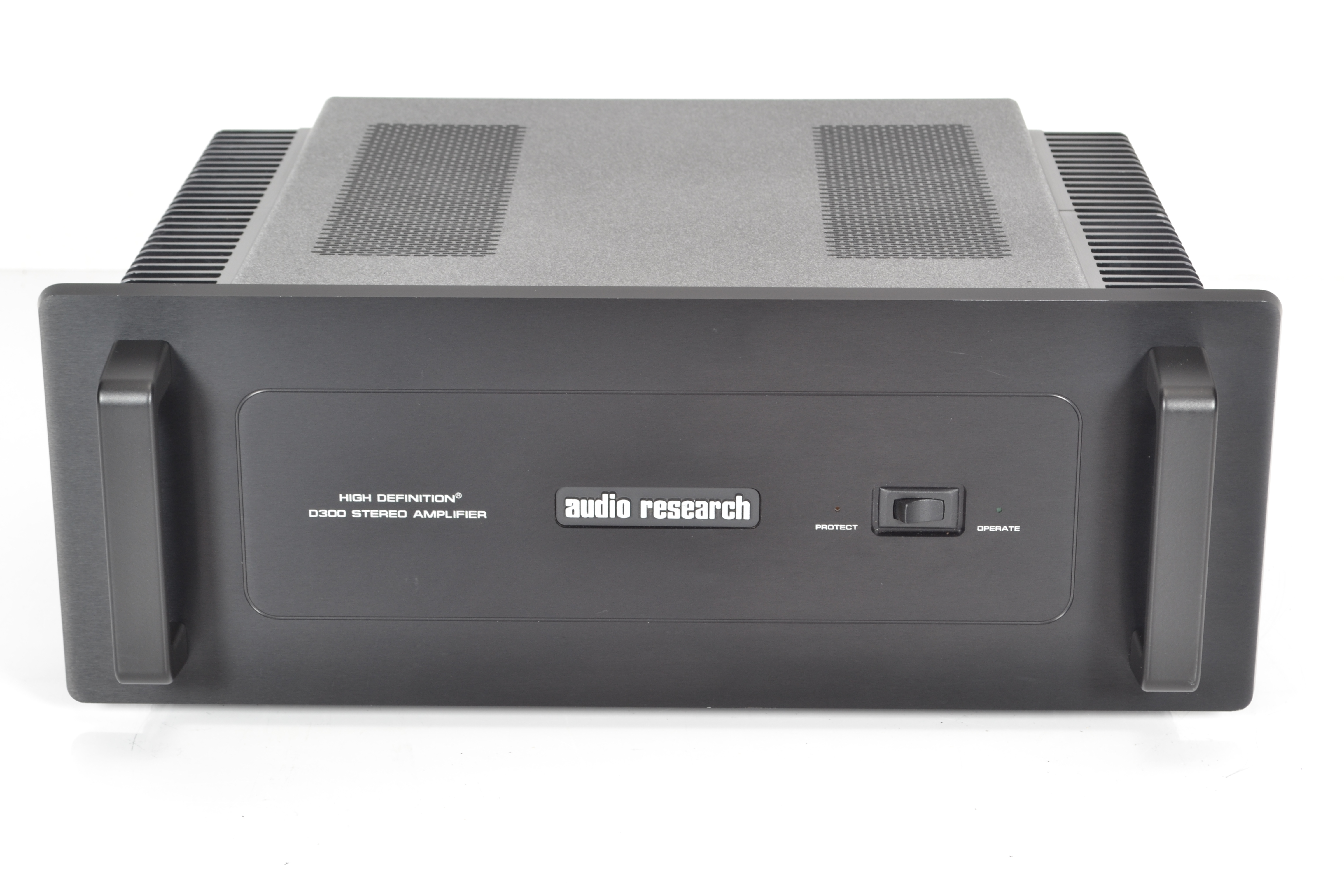
Audio Research is one of the most dependable brand names when it comes to high-end audio systems. For years the brand has been recognized by audiophiles throughout the world as equipment that delivers clear and consistent quality in music.
What are the specs for the Audio Research D300?
- Power Output:
- 160 watts per channel into 8 ohms, 300 watts per channel into 4 ohms.
- Power Bandwidth:
- (-3dB points) DC to 150 kHz into 8 ohms.
- Frequency Response:
- -
- Input Sensitivity:
- 1.9V RMS for rated output (25.7 dB gain) unbalanced or balanced.
- Input Impedance:
- 150K ohms unbalanced, 300K ohms balanced differential.
- Output Taps:
- -
- Output Regulation:
- 0.07dB 8 ohm load to open circuit
- Overall Negative Feedback:
- 21dB
- Damping Factor:
- 130
- Distortion:
- -
- Slew Rate:
- 50V/µs
- Rise Time:
- 1.7 µs
- Hum & Noise:
- Less than 60 µV RMS (116dB below rated output IHF A-weighted)
- Power Supply Energy Storage:
- 175,000 µF total
- Power Requirements:
- 105-125VAC 60Hz (210-250VAC 50Hz) 520 watts at rated output (165WPC 8 ohms), 890 watts at 300WPC 4 ohms, 1000 watts maximum, 200 watts idle.
- Other:
- Input Polarity: Non-inverting at unbalanced inputs. Balanced pin 2+ (IEC-268)
- Dimensions:
- 19" (48 cm) W (standard rack panel) x 7" (17.8cm) H x 12 ⅞" (32.7 cm) D (front panel back). Handles extend 1½" (3.8 cm) forward of the ⅜" thick front panel. Output connectors extend 1" behind rear panel.
- Weight:
- 48 lbs. (21.8 kg) Net; 62 lbs. (28.1 kg) Shipping.
What else to know about the Audio Research D300?
The D200, D300 and D400MKII use similar means to achieve a common goal of musicality at different power levels. In the case of the D200 and D300, the general circuit topology is identical with quantitative differences applying in power-supply energy storage and number of output devices (see specifications for details). The D400MKII, while largely similar in design, also has some features which are uniquely its own. The D200 and D300 both employ a distributed-capacitor approach to bulk energy storage for the main supply; this means that a number of high-quality electrolytics are linked in parallel to provide the energy reserves necessary to reproduce clean transients and dynamic peaks of accurately-recorded music. This design approach results in lower E.S.R. (a distortion characteristic of capacitors) and lower impedance (quicker delivery of power to the output stage when need ed). The D400MKII, while using larger capacitors for more total energy storage, also incorporates a second power trans- former dedicated solely to supplying the input stage of the amplifier. This approach gives both the input stage and the main supply of the amplifier tremendous dynamic headroom the capability to cleanly deliver power in the face of demanding program material and low- impedance speaker loads. The D200, D300 and D400MKII all use direct-coupled, high- current Multiple-Emitter Transistors (or METs) in their output stages (as well as for input-stage drivers). These devices have the rugged, high- heat, high-current capability of single emitter bipolar transistors (which can have a rougher, harder sonic character), but they also have a natural sweetness and musicality often associated with MOSFET transistors (which can be more fragile and prone to failure). In short, the METs deliver the best of both worlds. Each of these amplifiers has heat sinking specified to generously handle the dissipation requirements of its respective output stage, allowing safe, convenient in-cabinet installation if desired. The D200, D300 and D400MKII each have both single-ended and balanced (XLR) input connectors, allowing easy connection to preamplifiers having either type of output. In addition, the D400 MKII offers a second set of inverting single-ended inputs, thereby allowing balanced operation in two different modes. Bridged mono operation, yielding substantially higher power output, is also possible with each of these three amplifiers, in either single-ended or balanced mode. Illustrated bridging instruction are included in the owner's manual for each model. \[From the ARC website]Brief History of Audio Research
Other Audio Research Products We Often Buy
Typically, StereoBuyers purchases mostly used amplifiers, especially the vintage amps and high-end Audio Research models.
StereoBuyers has purchased tens of thousands worth Audio Research brand equipment since 2014, with individual buys ranging from $100 to well over $50,000. If you are moving, ready to upgrade, or have Audio Research equipment you do not or will not be using, why not contact us today to find out if it is worth good money?
If you are interested in selling your used Audio Research equipment to us in the greater NYC area or Colorado, please click here to fill out a Free Quote Form and we will get back to you. If we agree on terms, we come to meet you where you want, and pay cash.
The following images show actual Audio Research equipment purchased by StereoBuyers.
-
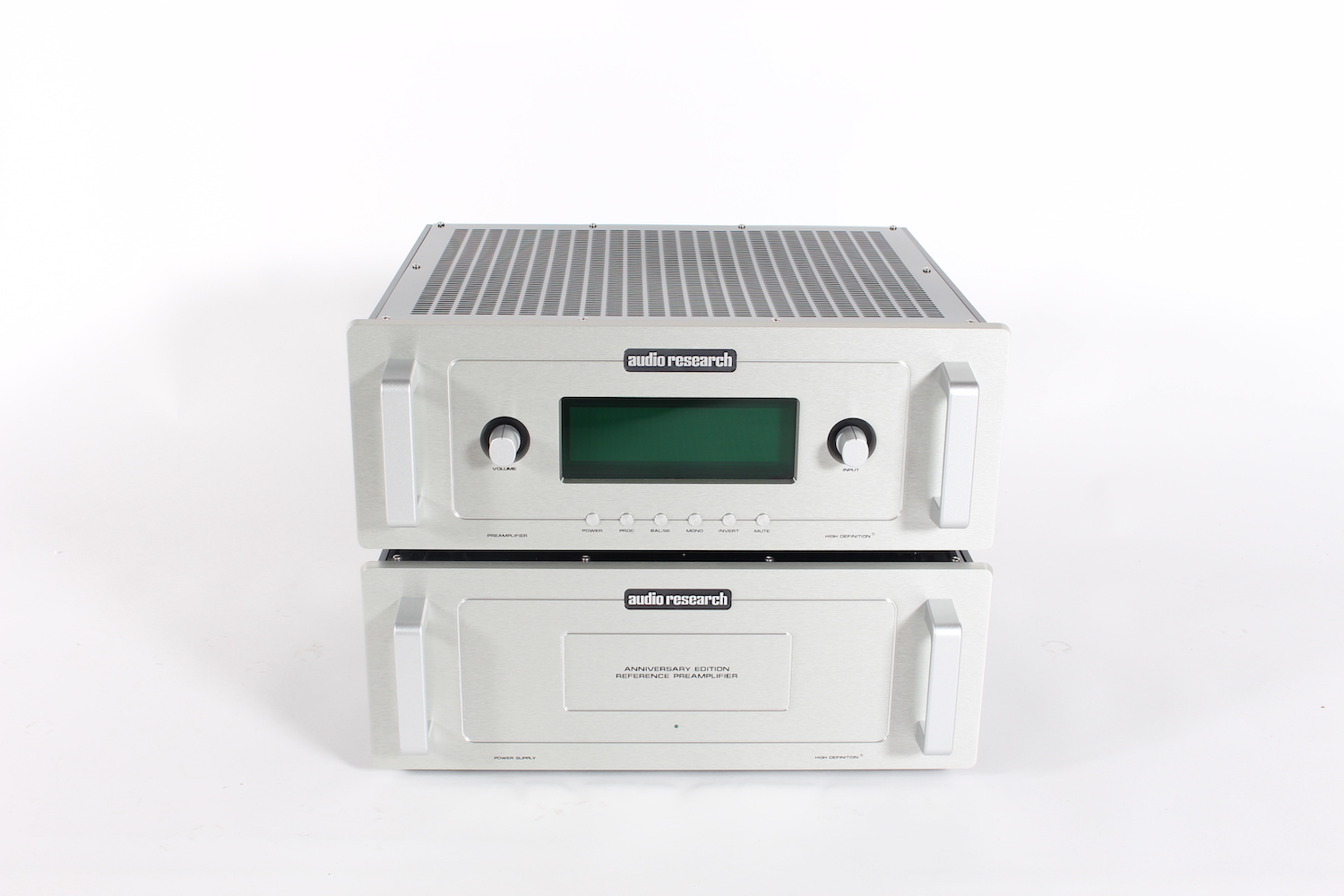
Audio Research Audio Research Anniversary Edition
Preamplifier + Power Supply -
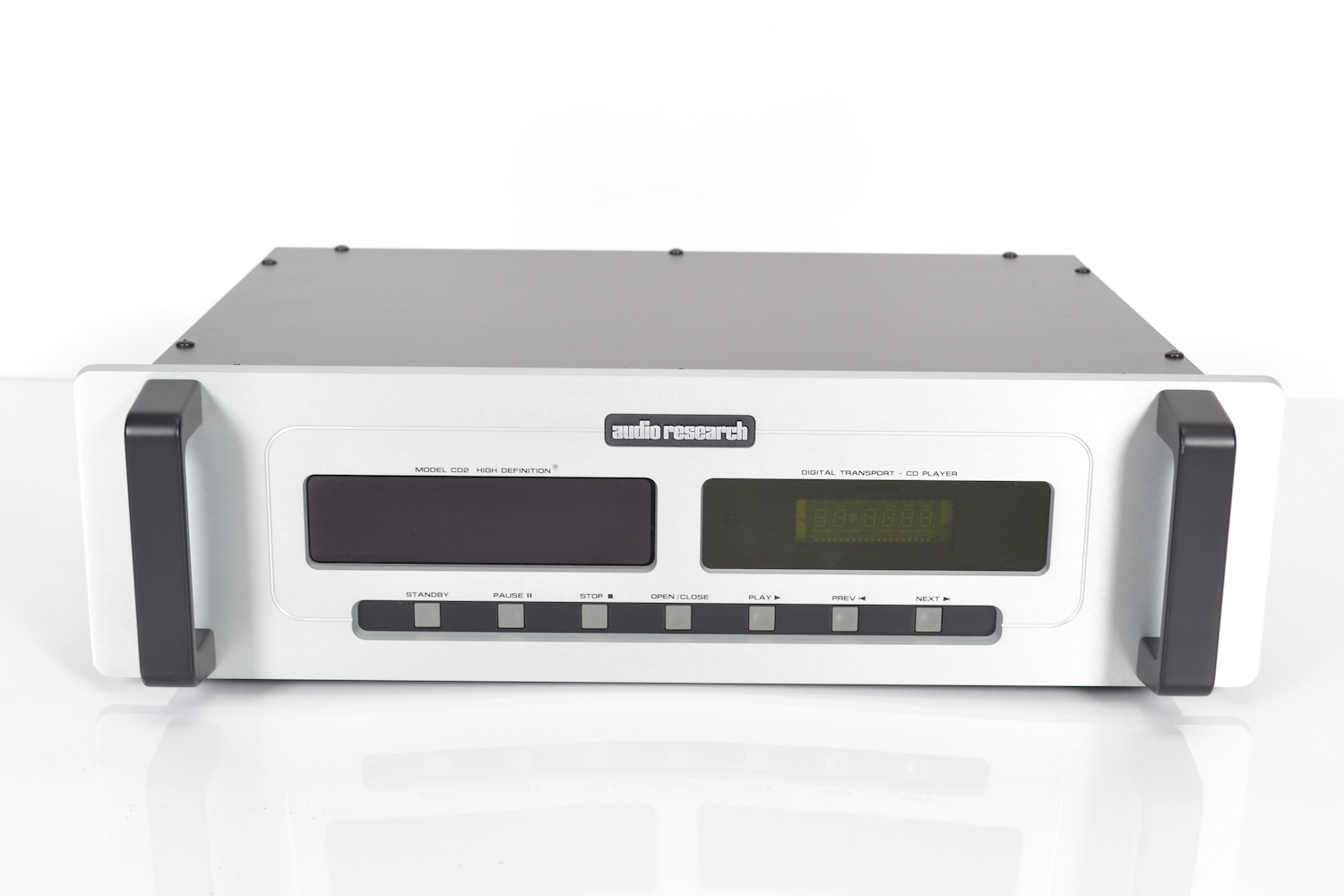
Audio Research Audio Research CD2
CD Player -
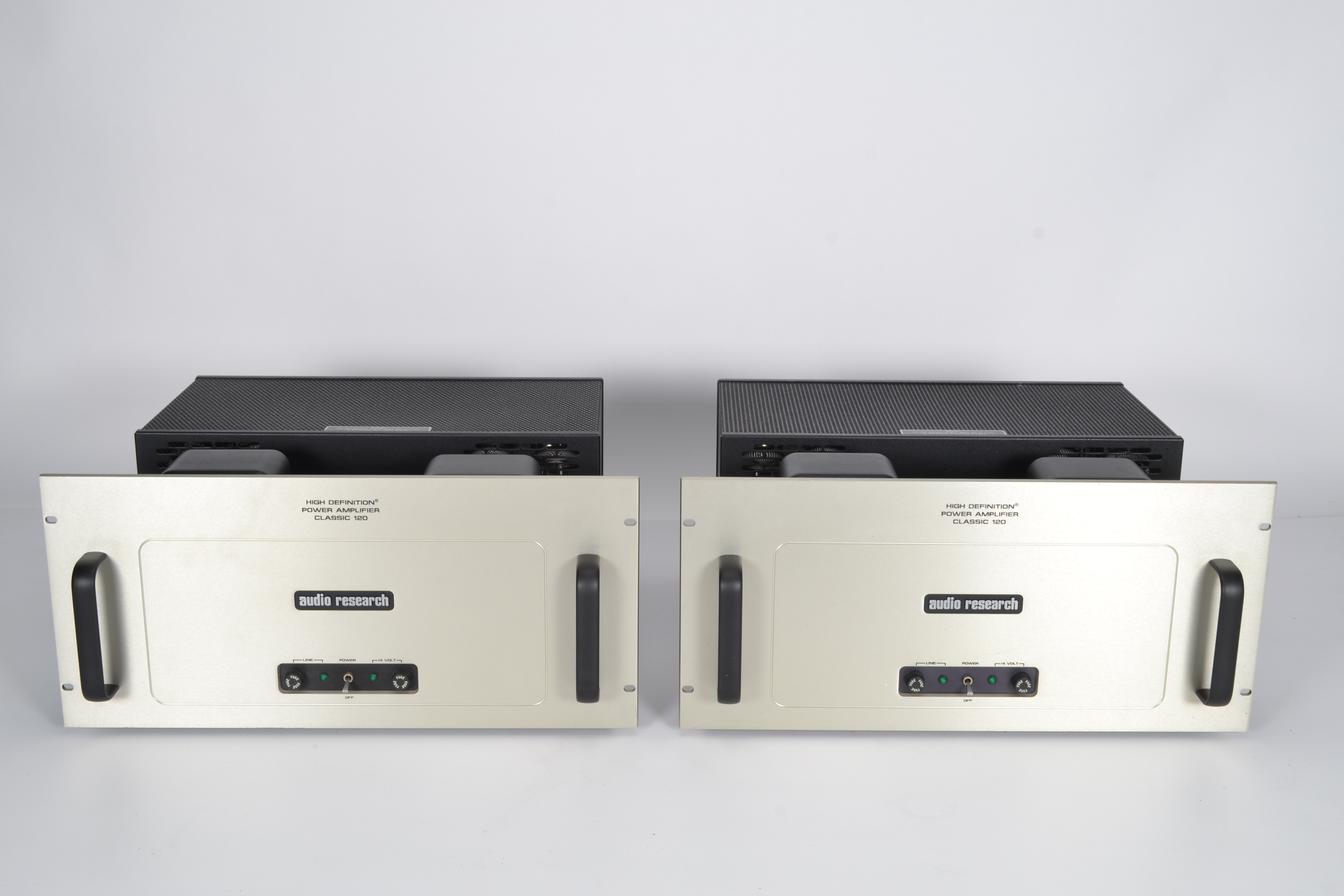
Audio Research Audio Research Classic 120
Power Amplifier -
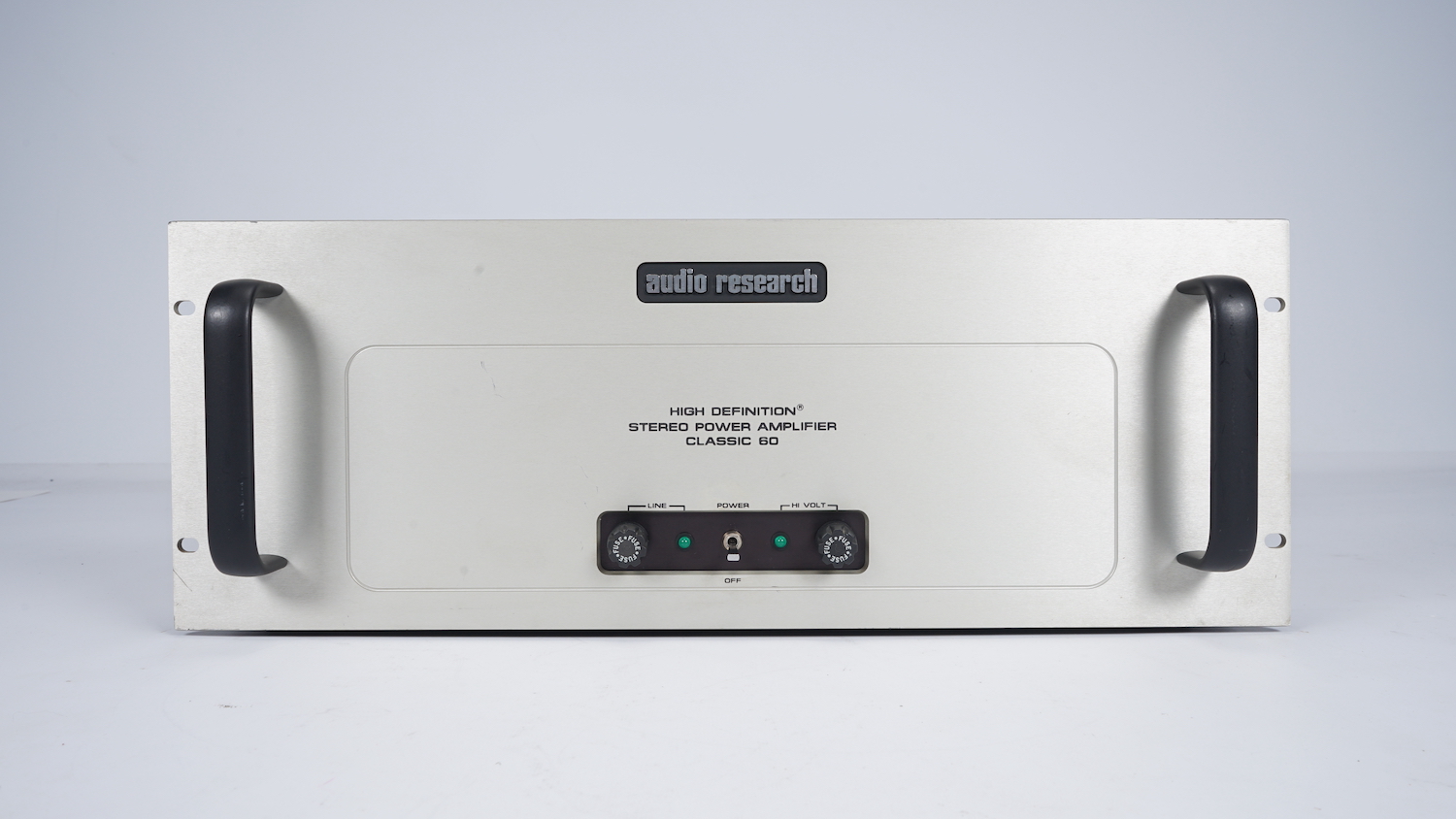
Audio Research Audio Research Classic 60
Power Amplifier -
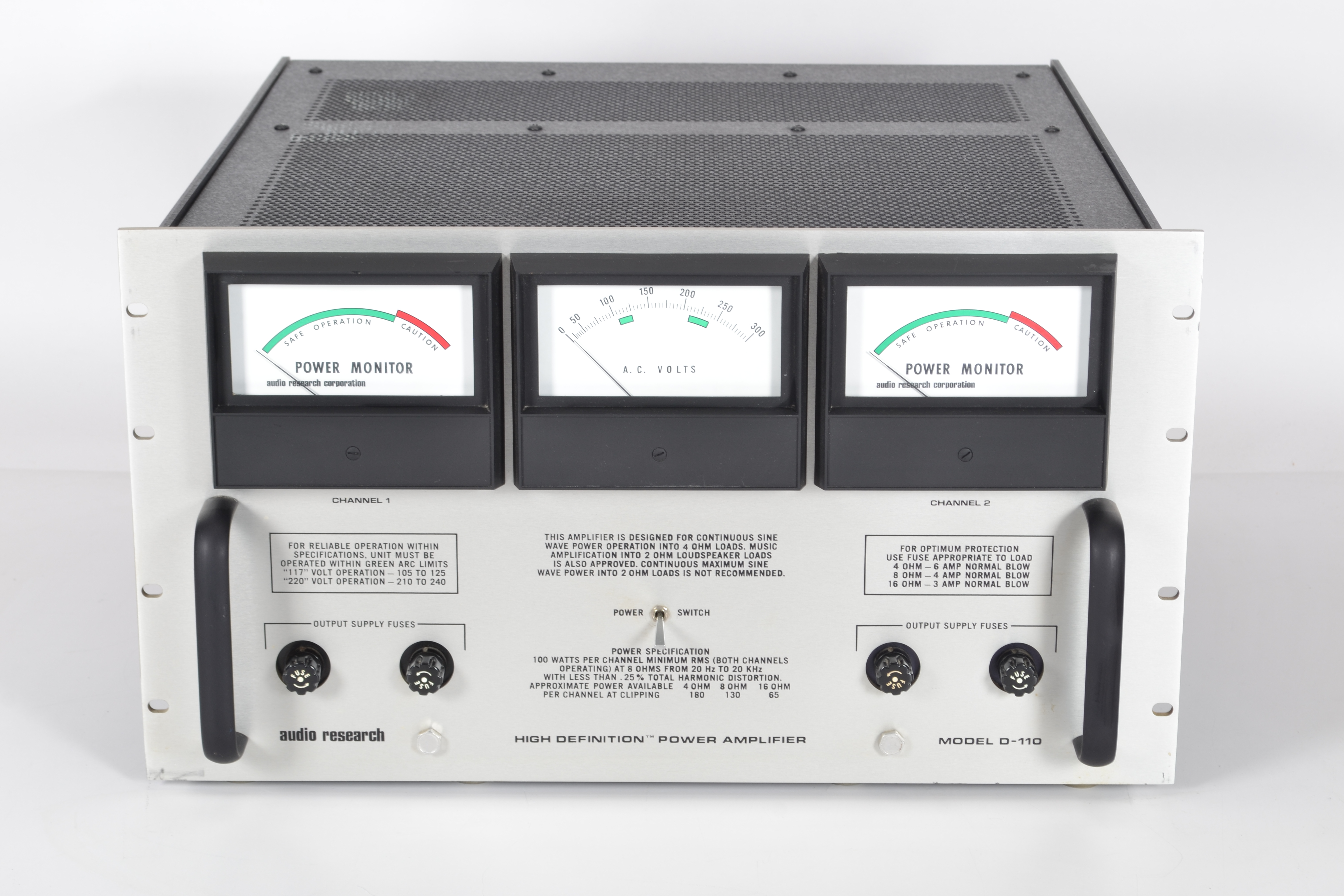
Audio Research Audio Research D-110
Power Amplifier -
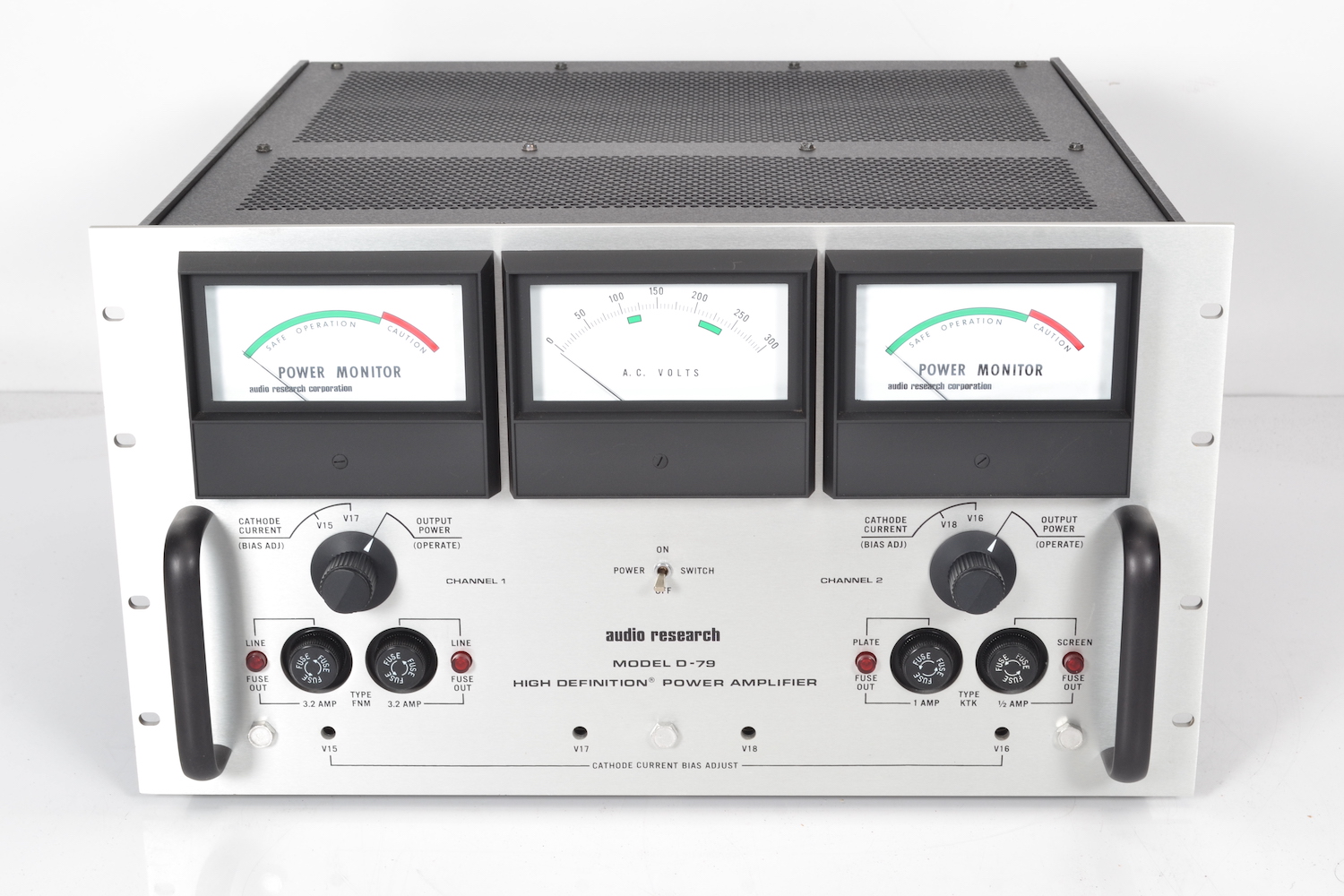
Audio Research Audio Research D-79
Power Amplifier -
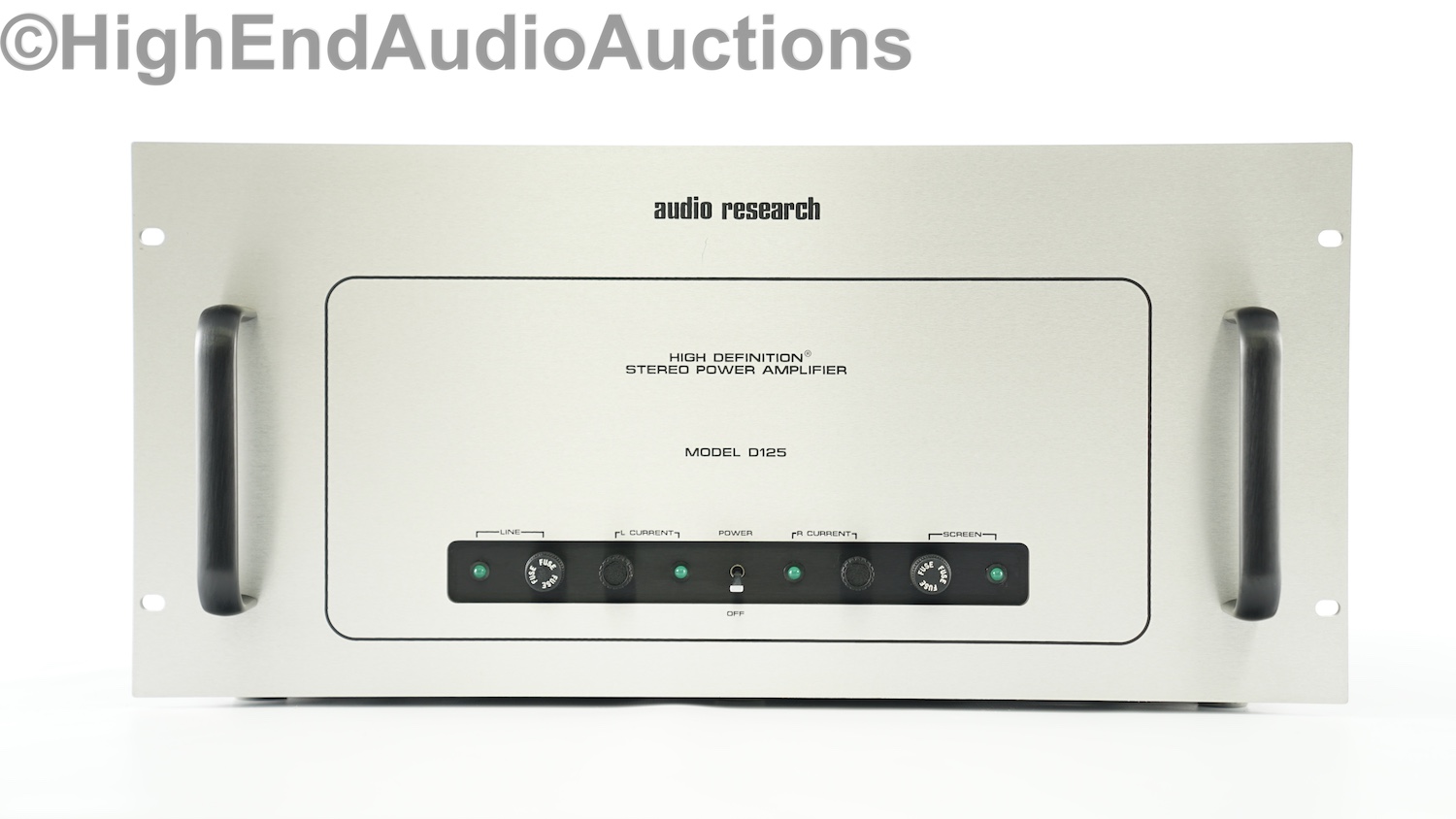
Audio Research Audio Research D125
Power Amplifier -
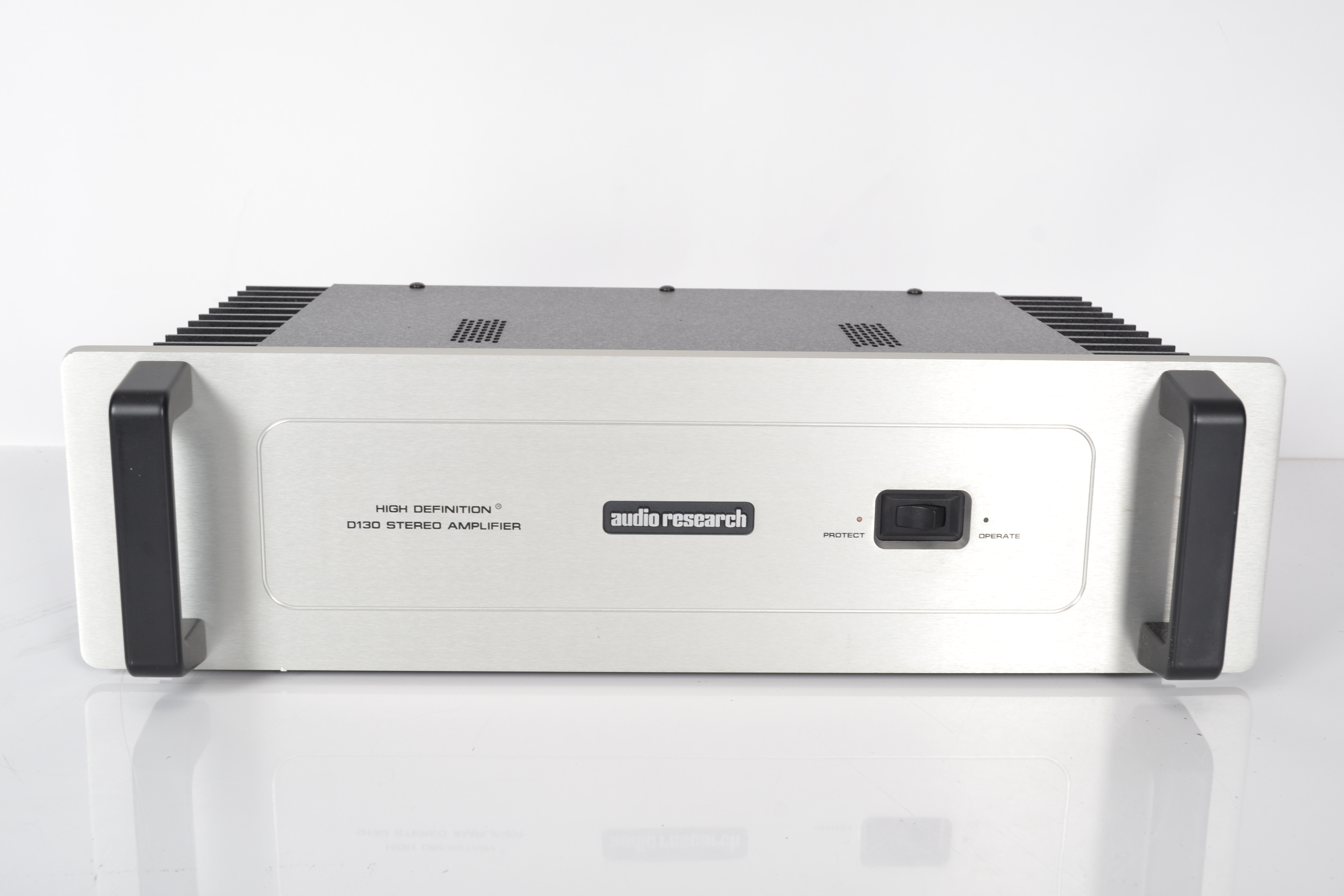
Audio Research Audio Research D130
Power Amplifier -
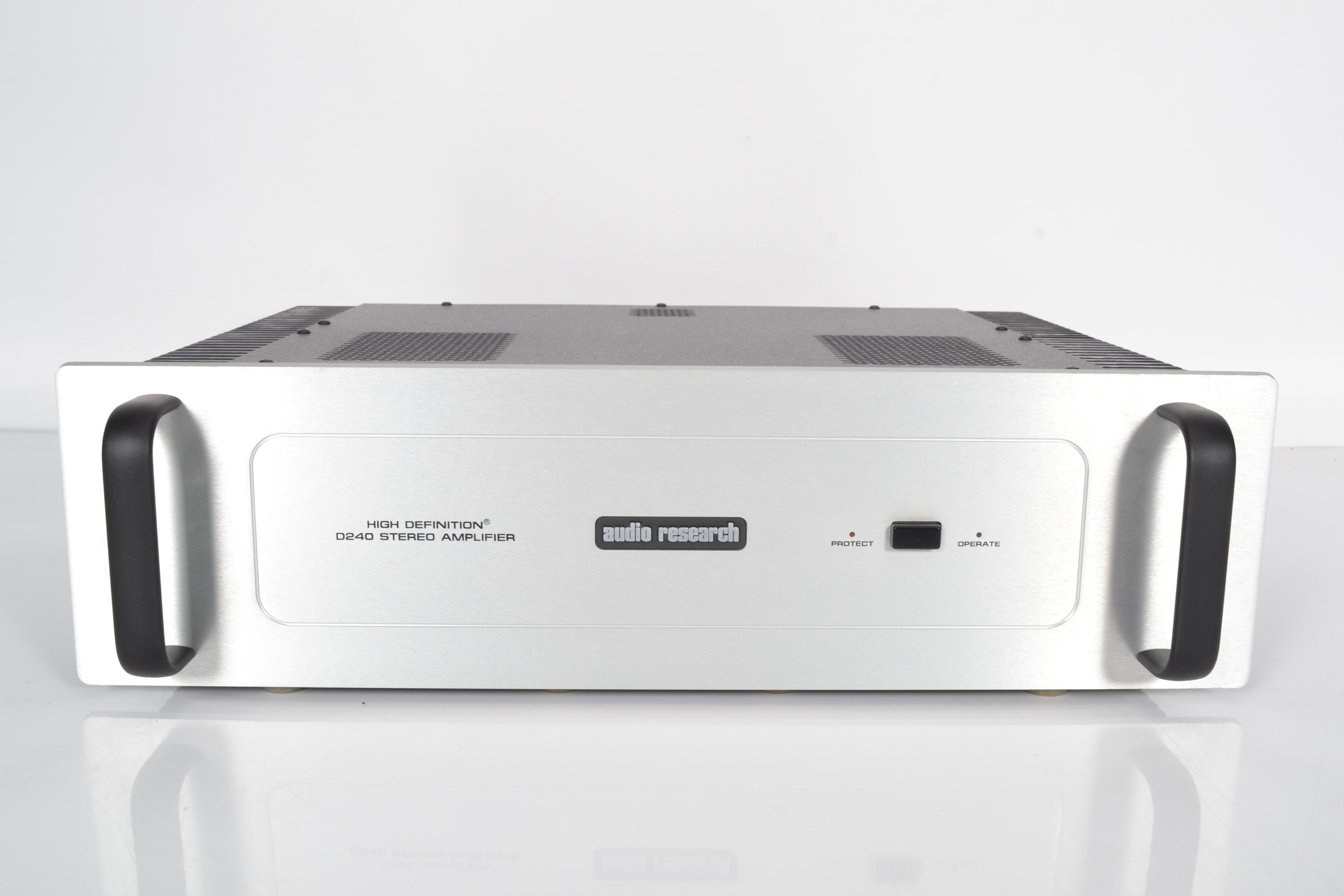
Audio Research Audio Research D240
Power Amplifier -

Audio Research Audio Research D300
Power Amplifier -
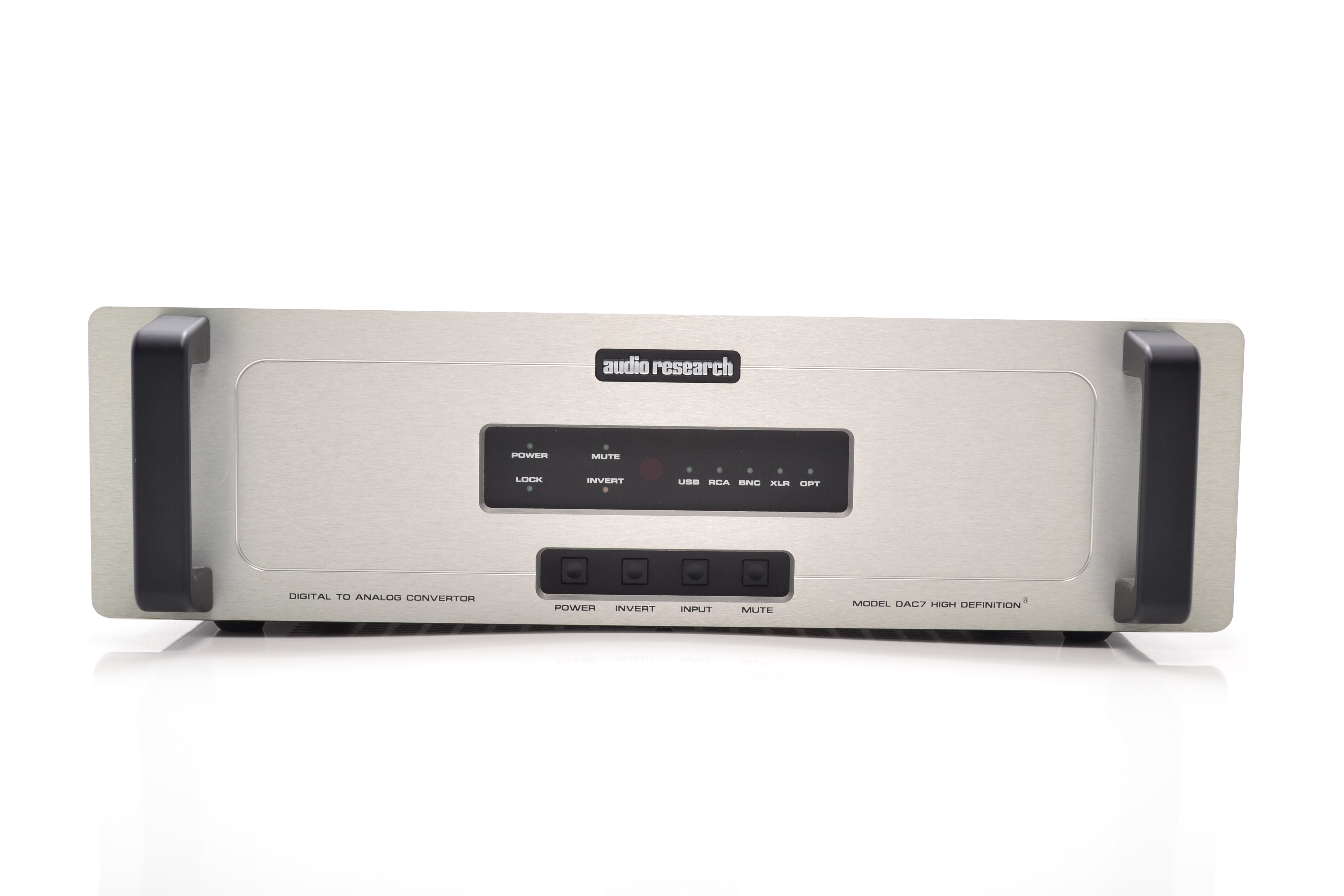
Audio Research Audio Research DAC7
DAC -
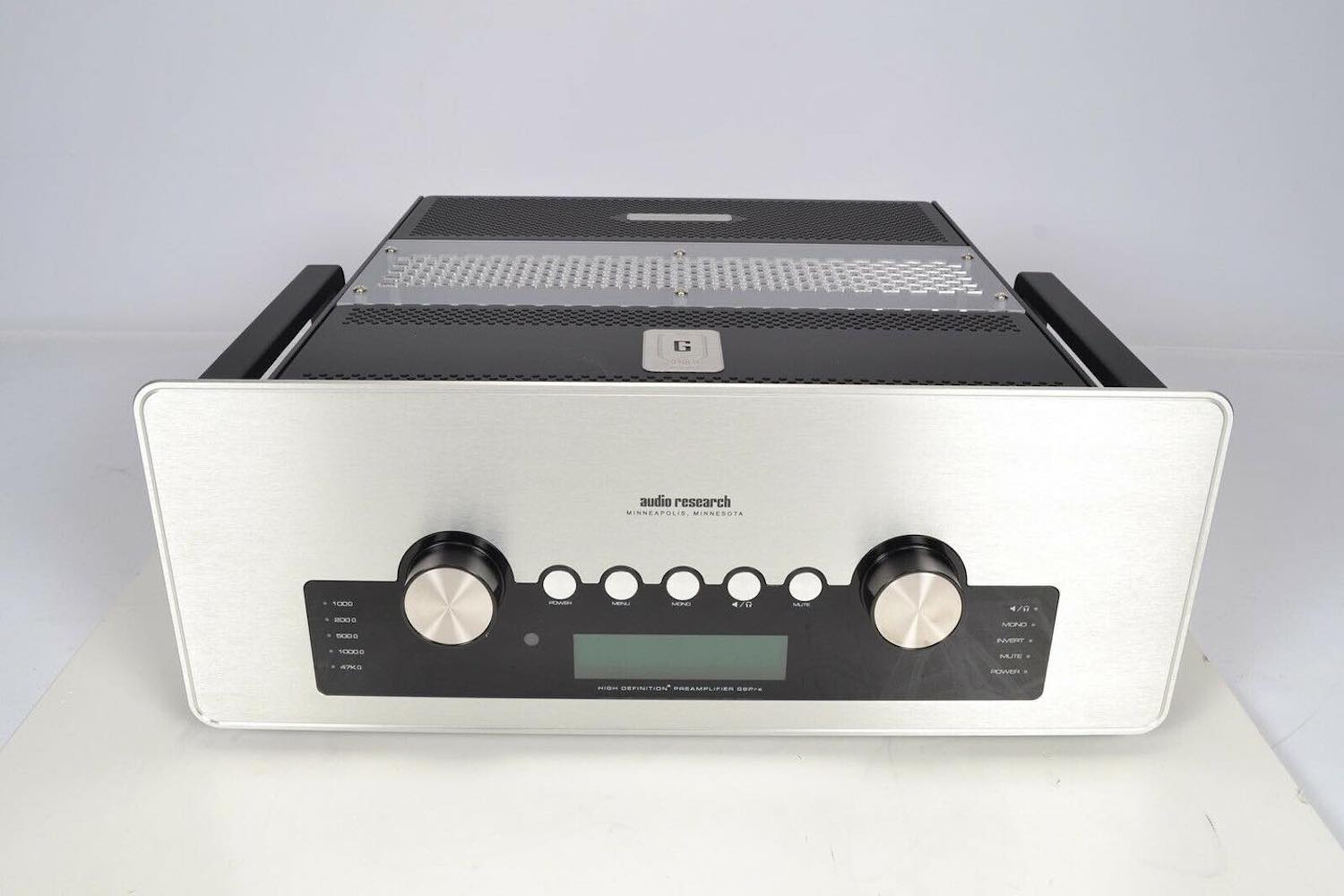
Audio Research Audio Research GSPre
Preamplifier -
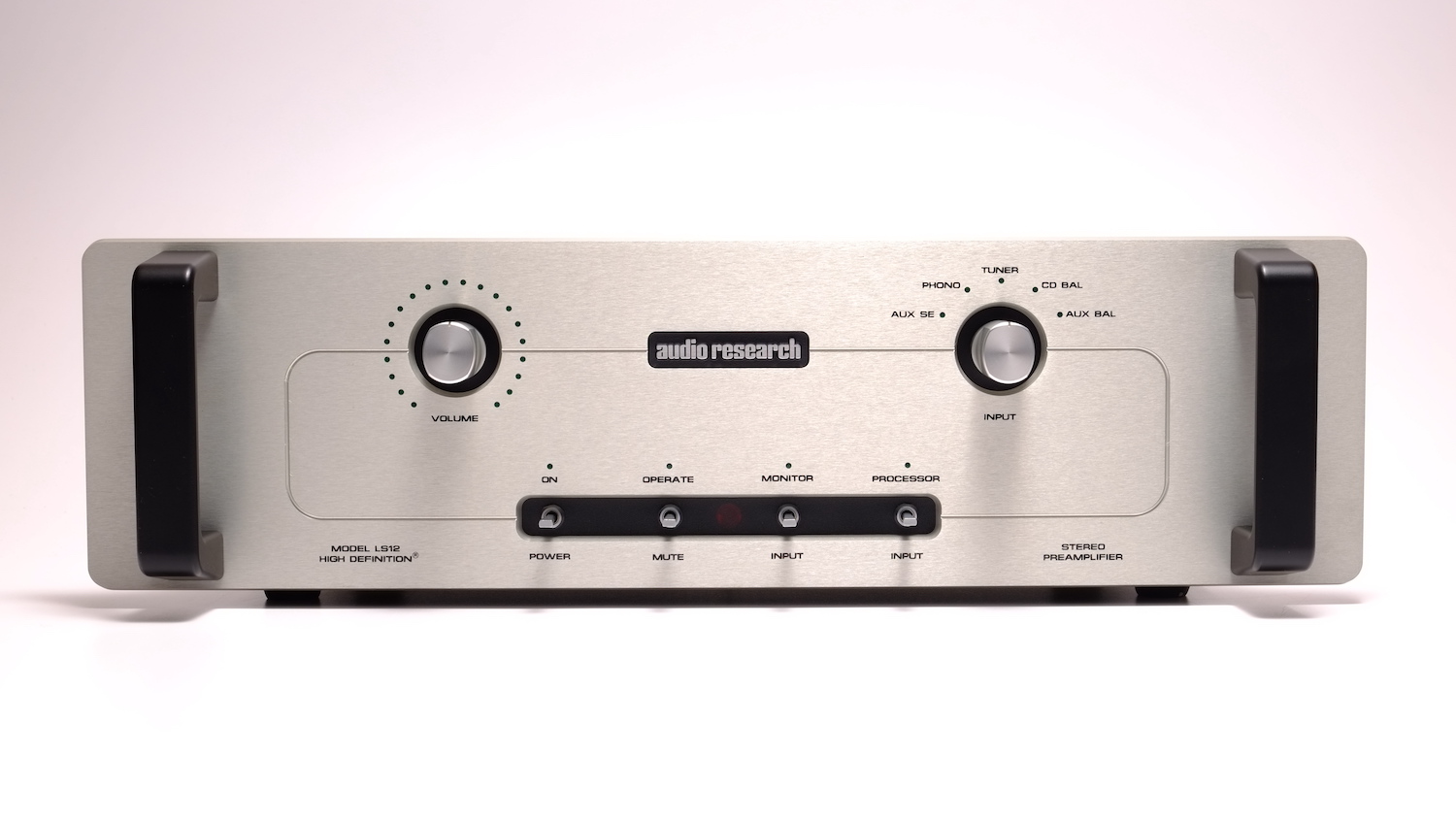
Audio Research Audio Research LS12
Preamplifier -
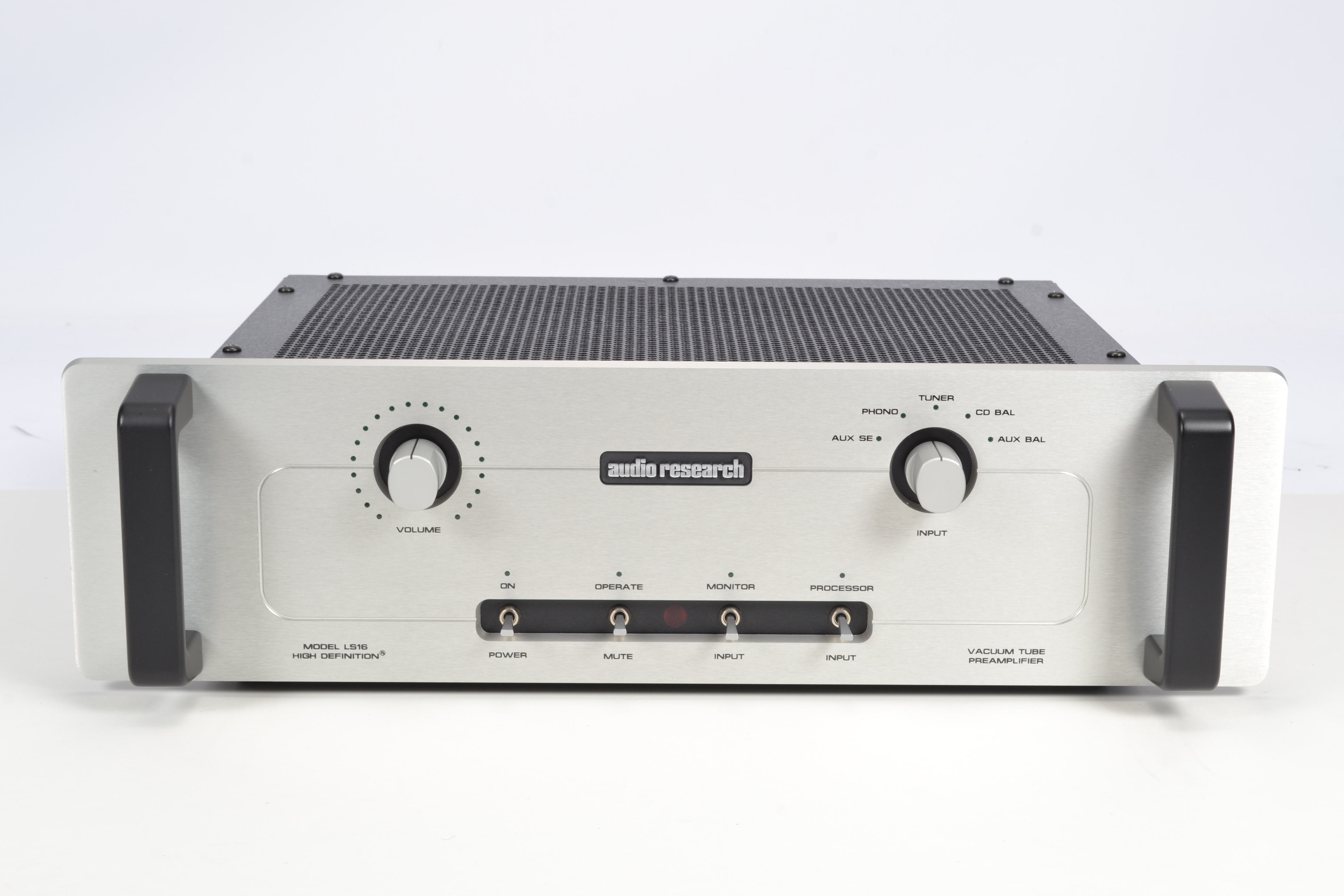
Audio Research Audio Research LS16
Preamplifier -
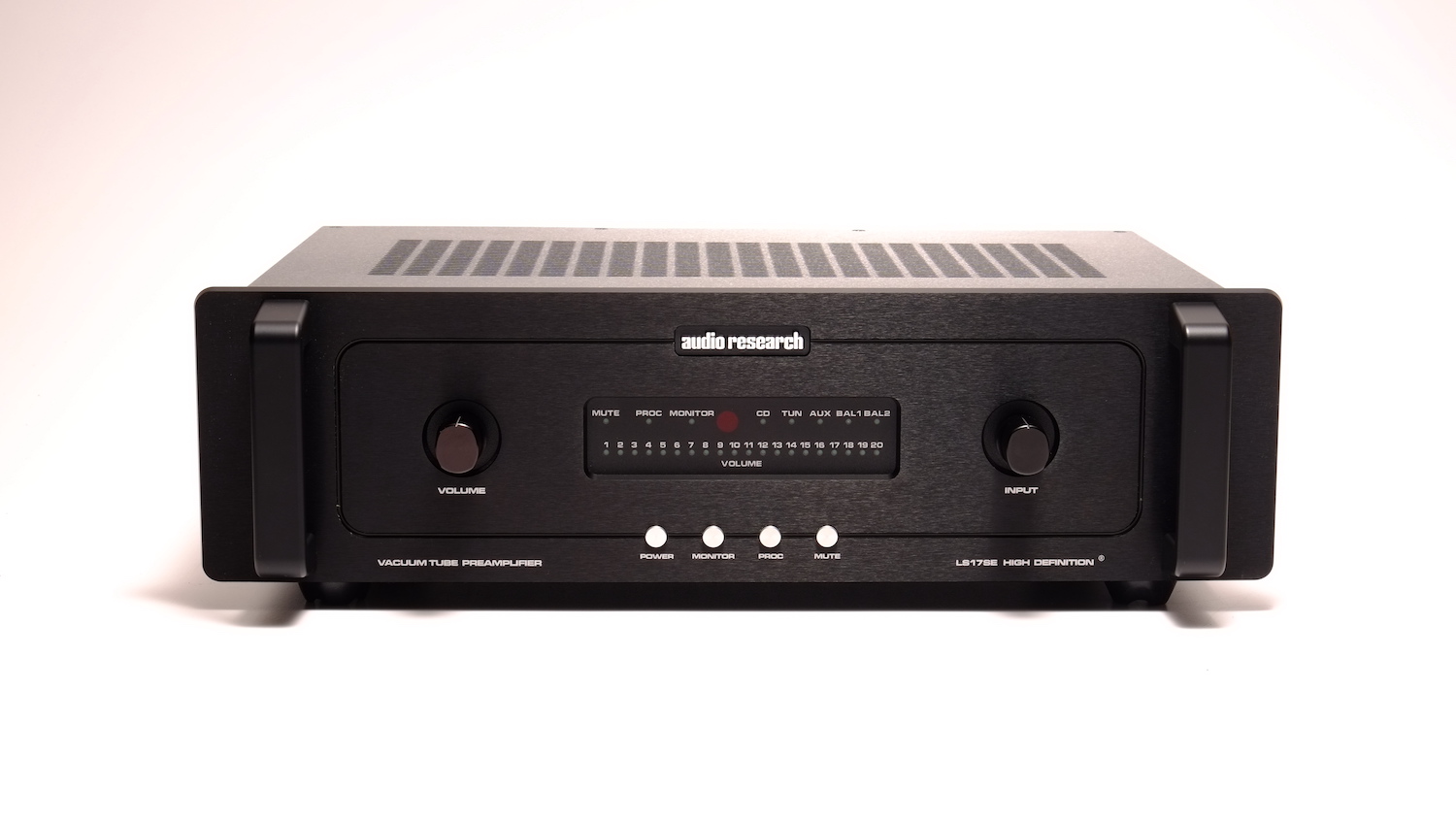
Audio Research Audio Research LS17SE
Preamplifier -
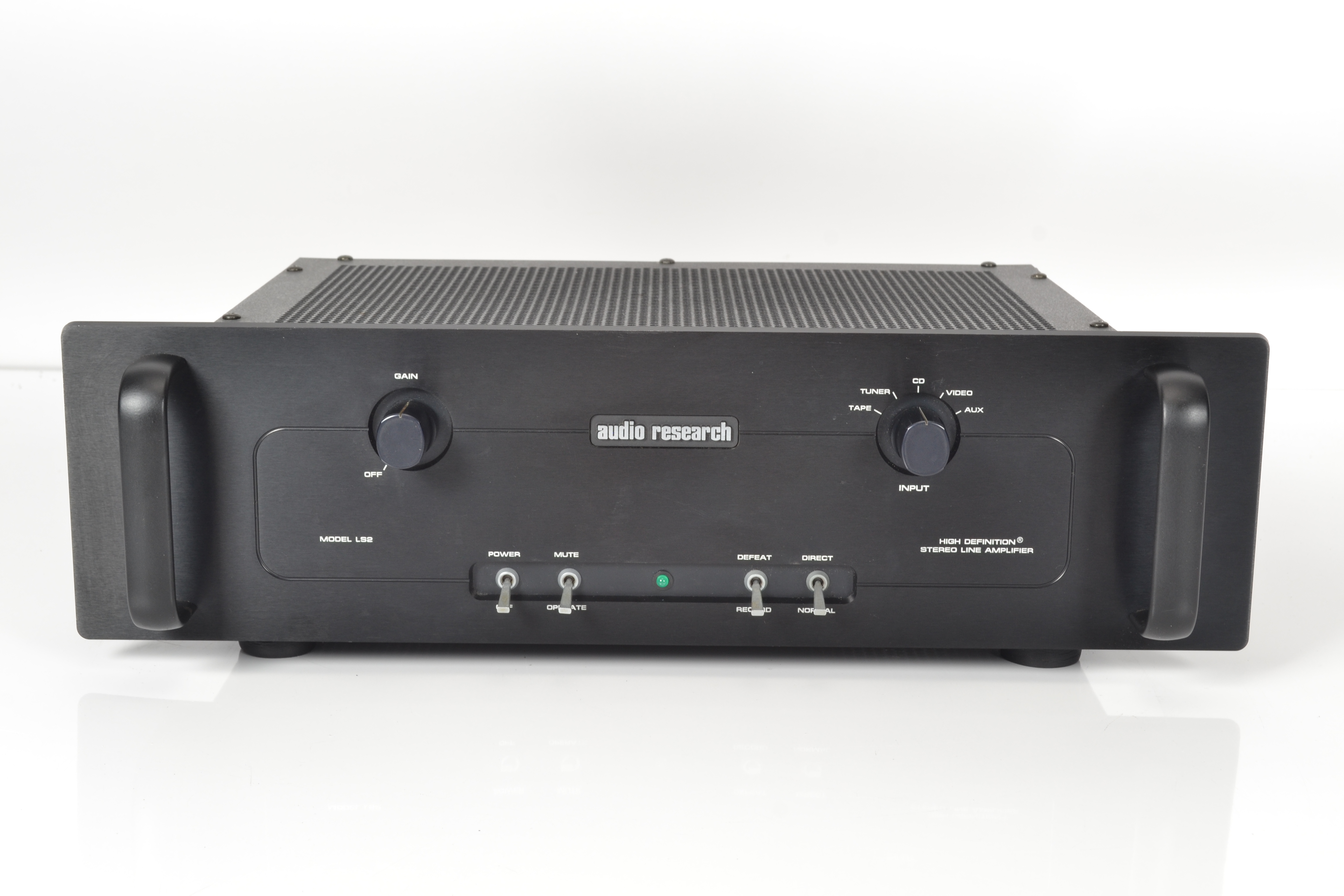
Audio Research Audio Research LS2
Preamplifier -
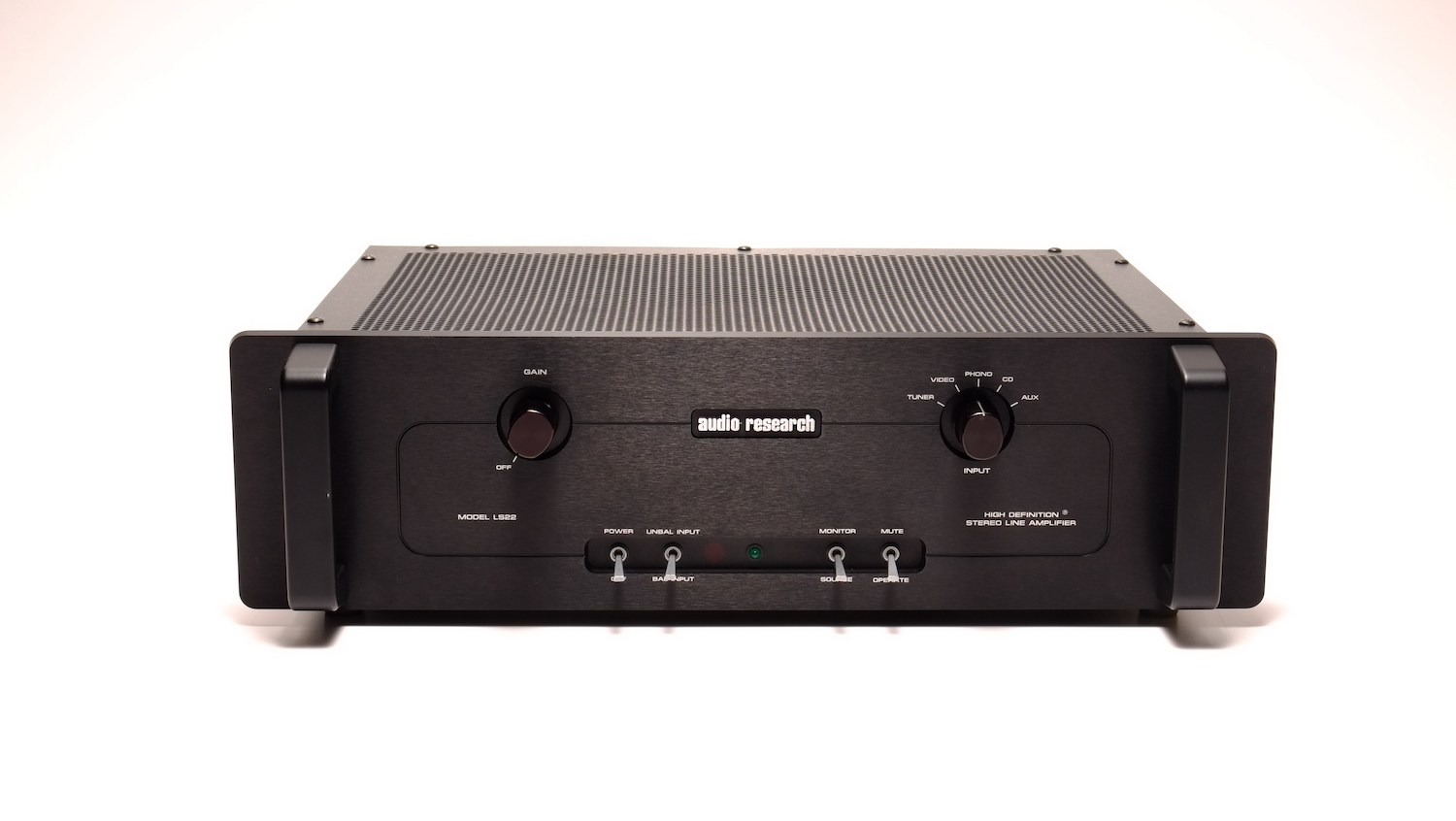
Audio Research Audio Research LS22
Preamplifier -
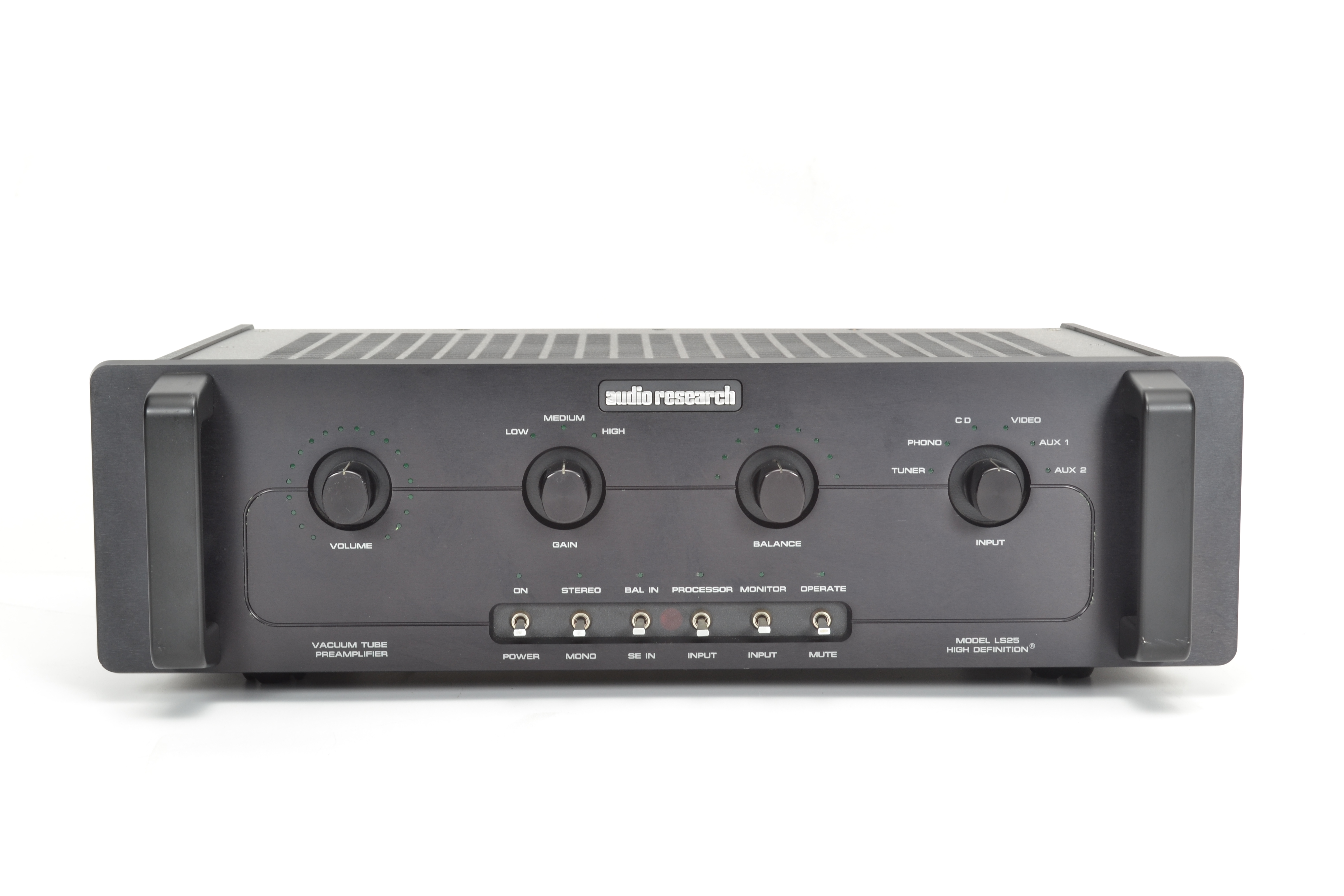
Audio Research Audio Research LS25
Preamplifier -
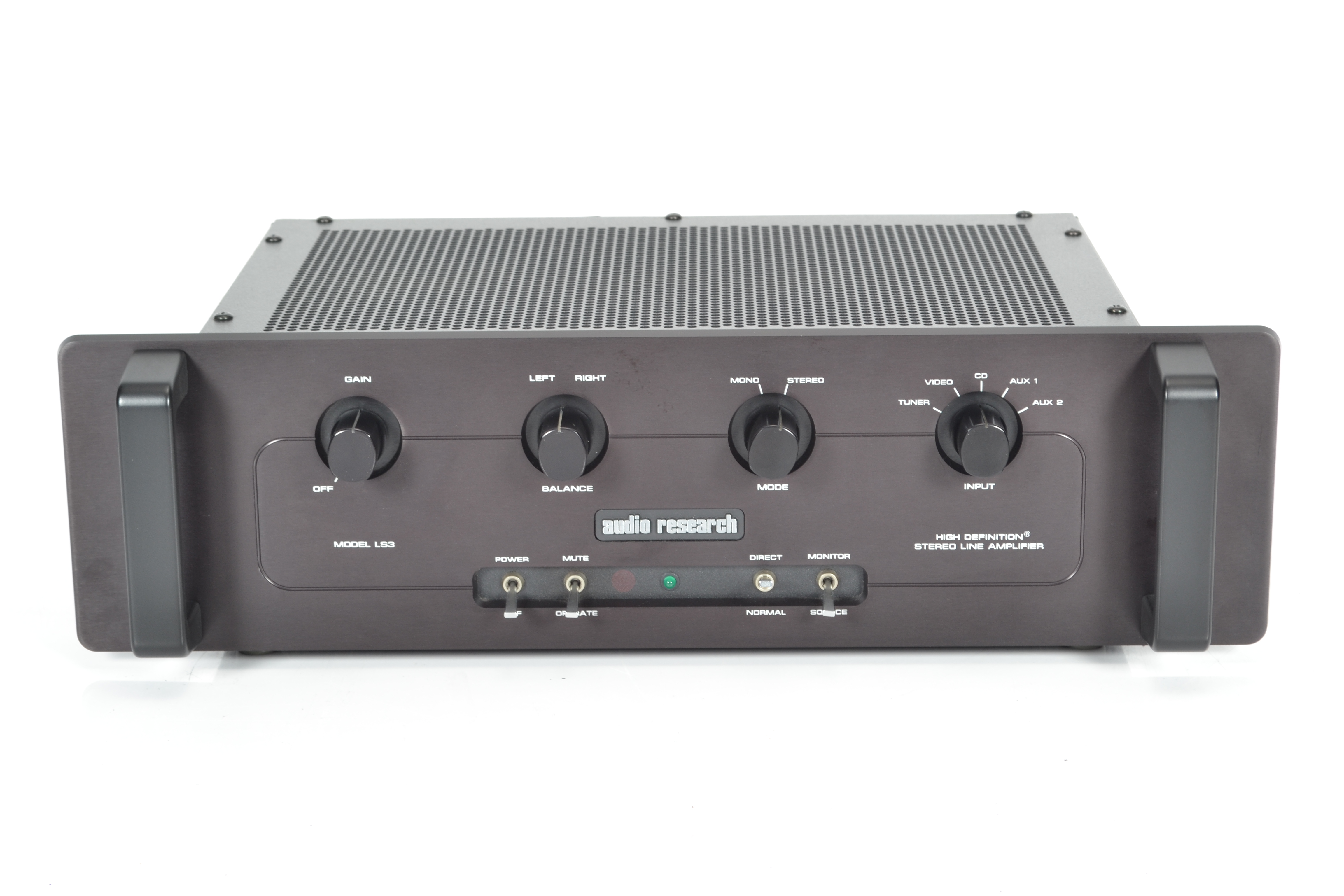
Audio Research Audio Research LS3
Preamplifier -
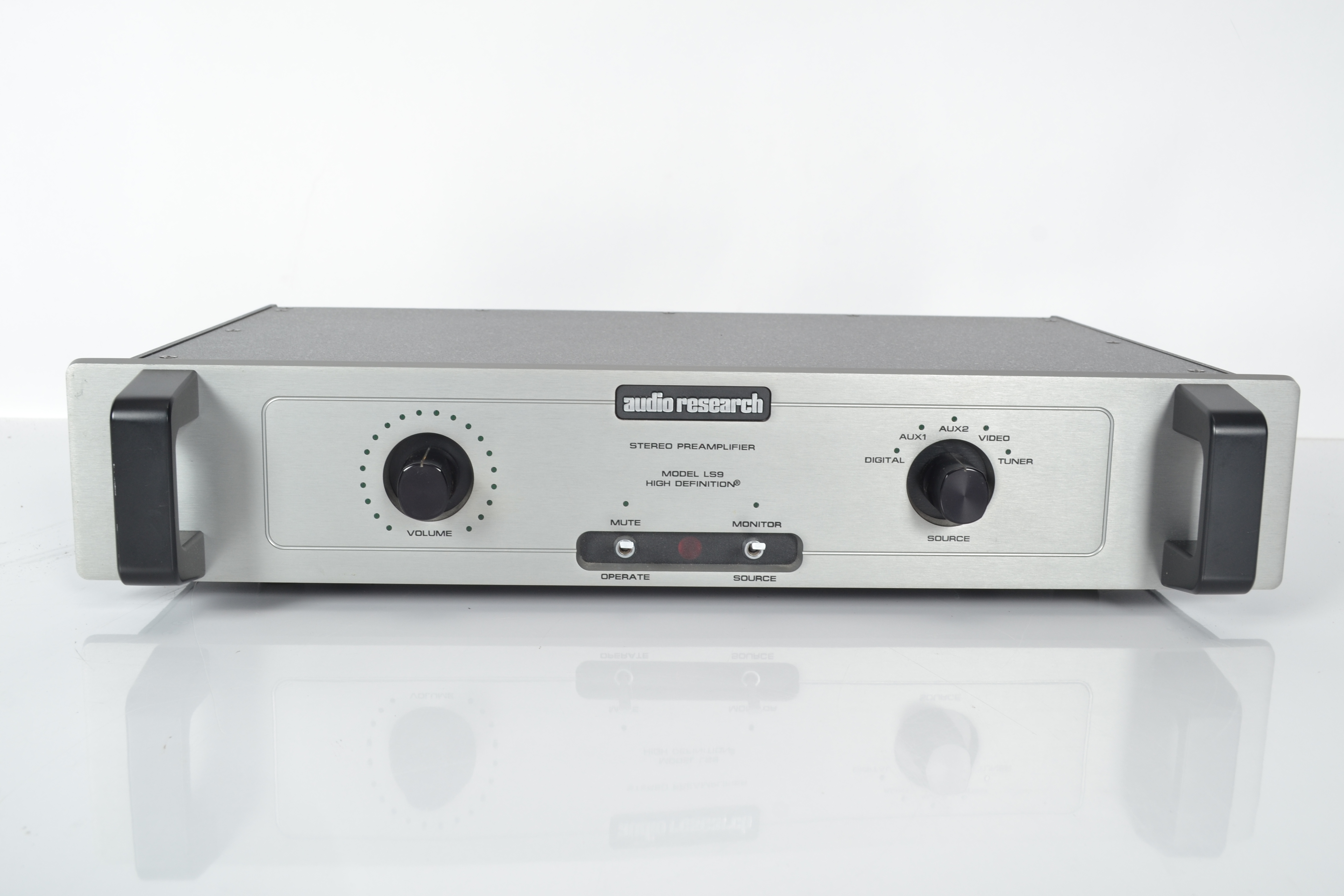
Audio Research Audio Research LS9
Preamplifier -
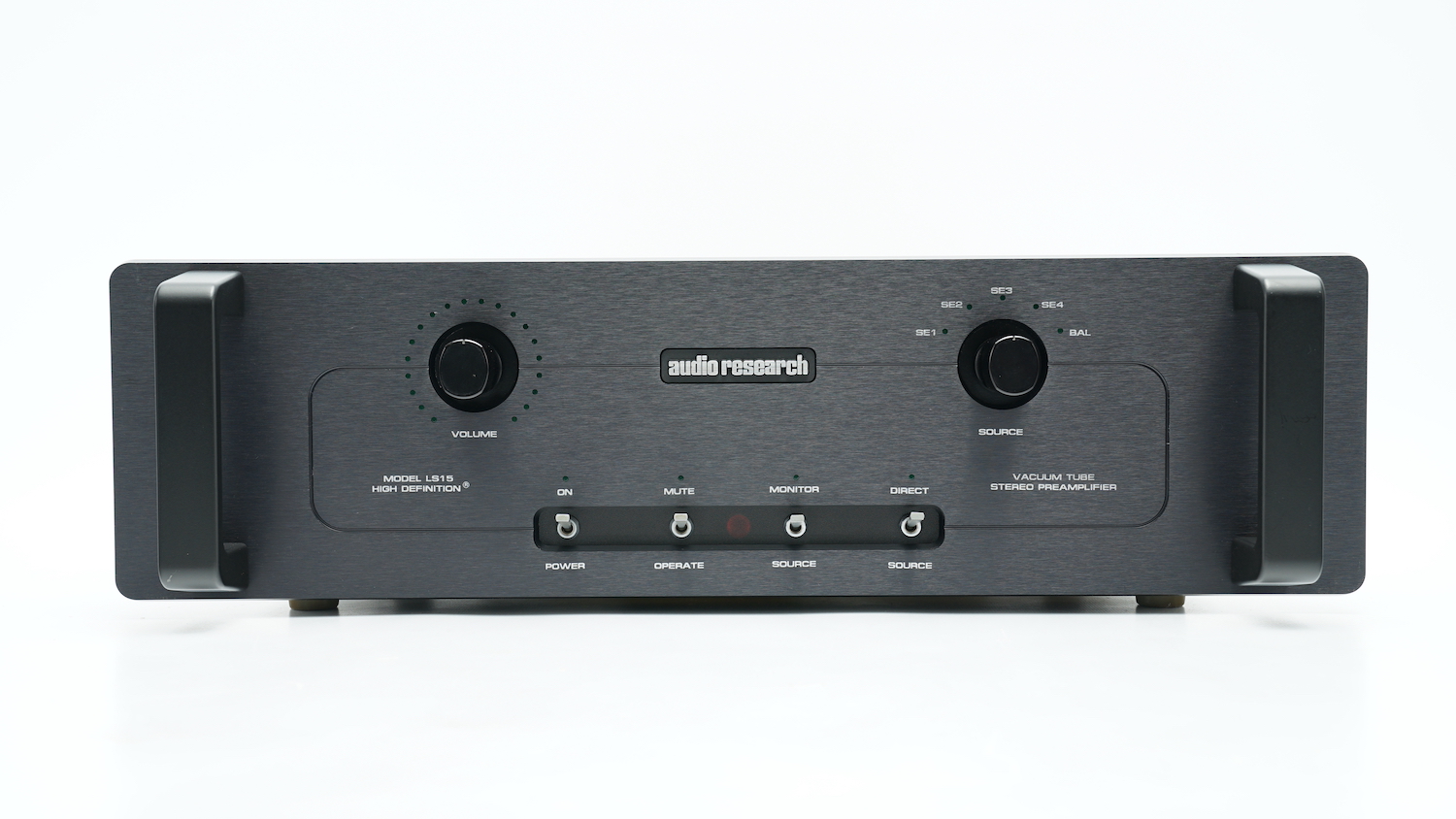
Audio Research Audio Research LS15
Preamplifier -
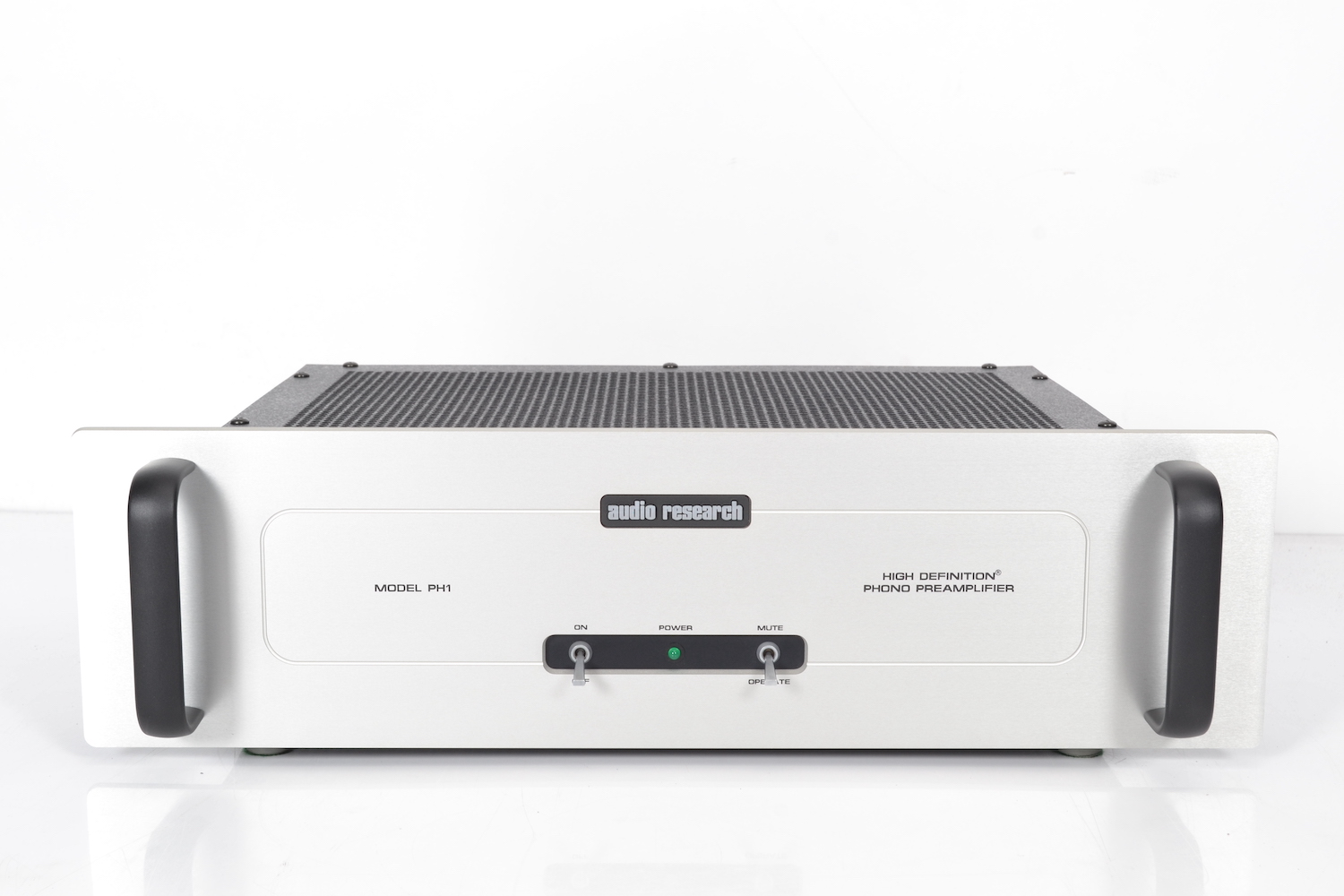
Audio Research Audio Research PH1
Phono Preamplifier -
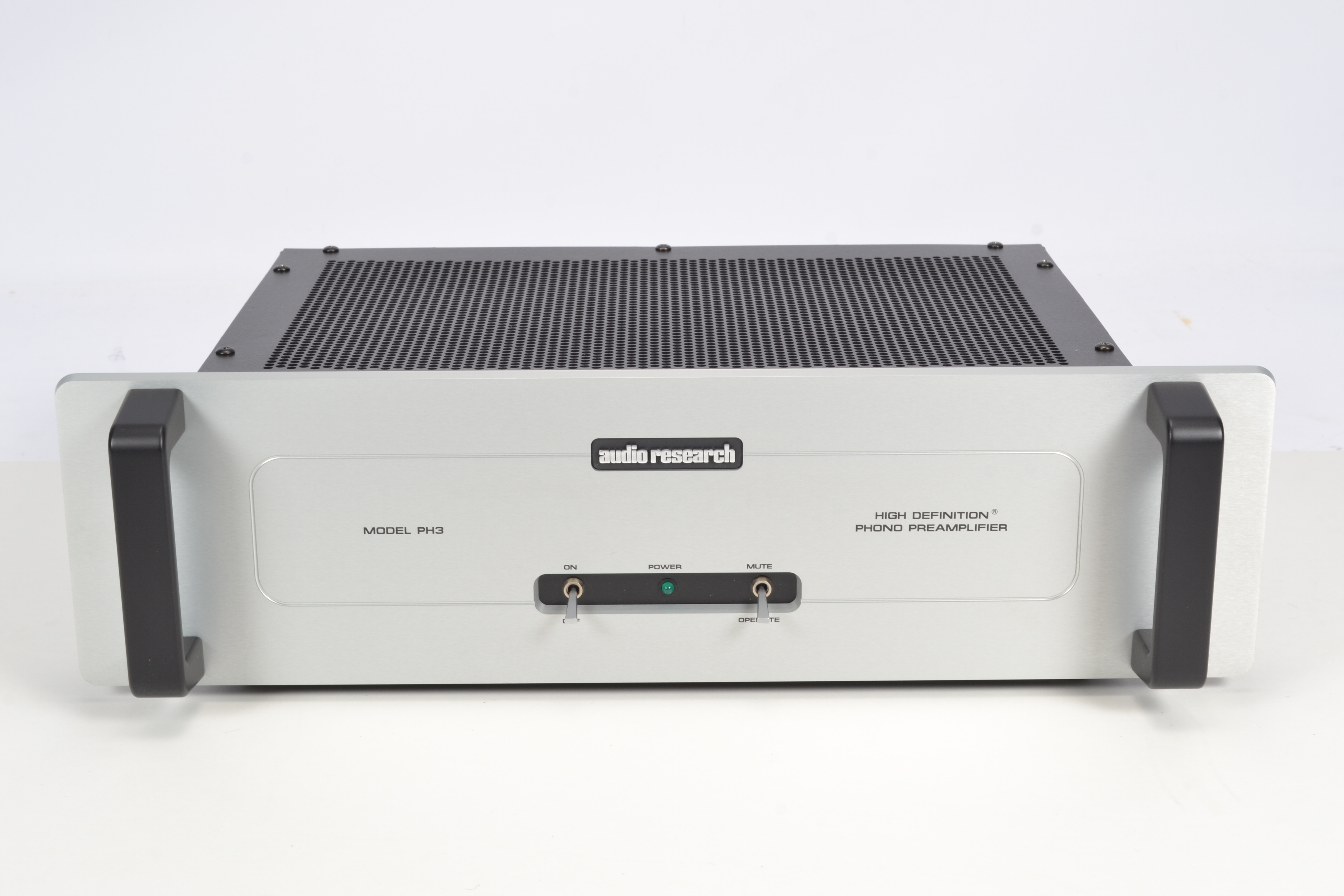
Audio Research Audio Research PH3
Phono Preamplifier -
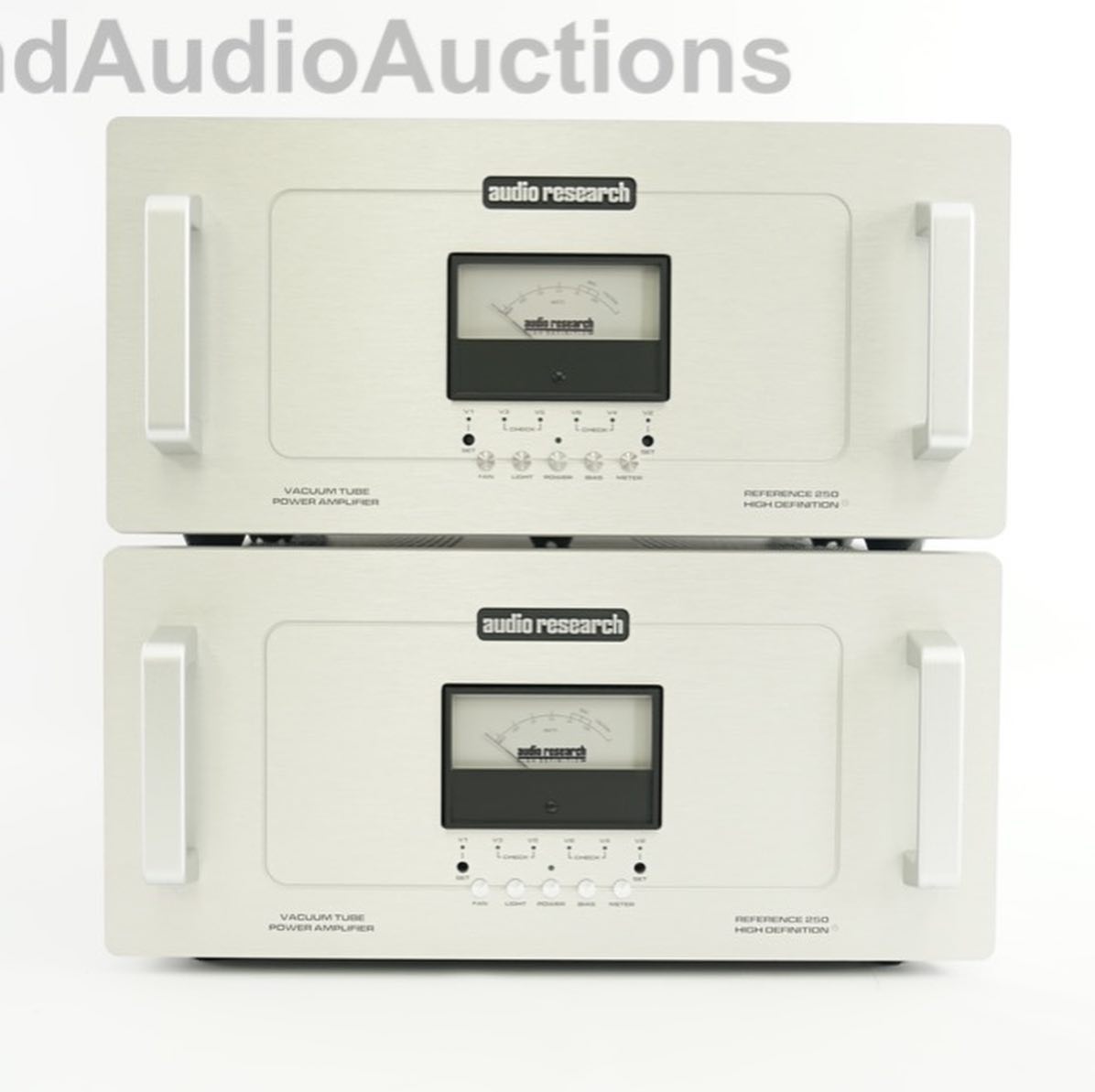
Audio Research Audio Research Reference 250 SE
Power Amplifier -
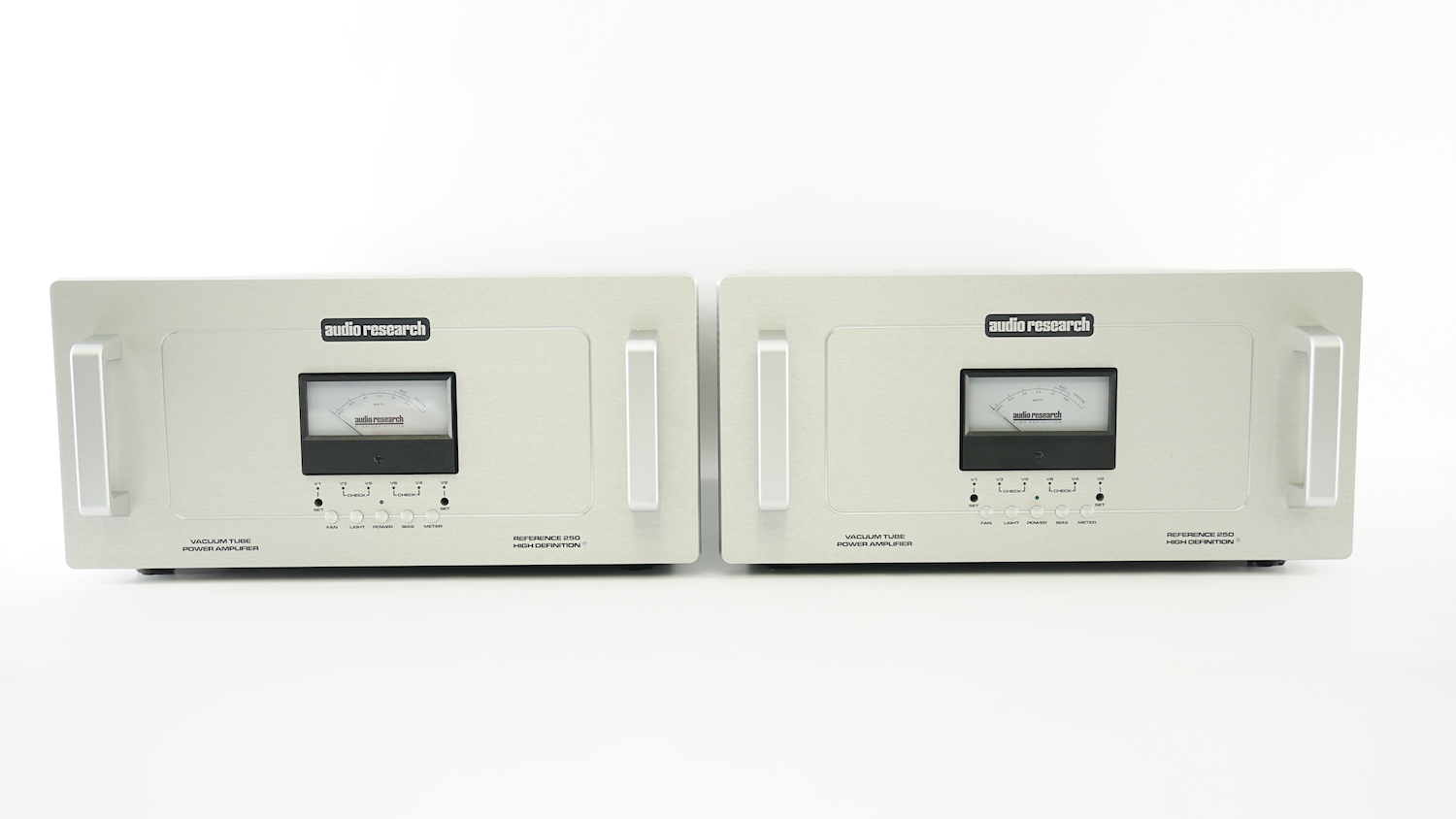
Audio Research Audio Research Reference 250
Power Amplifier -
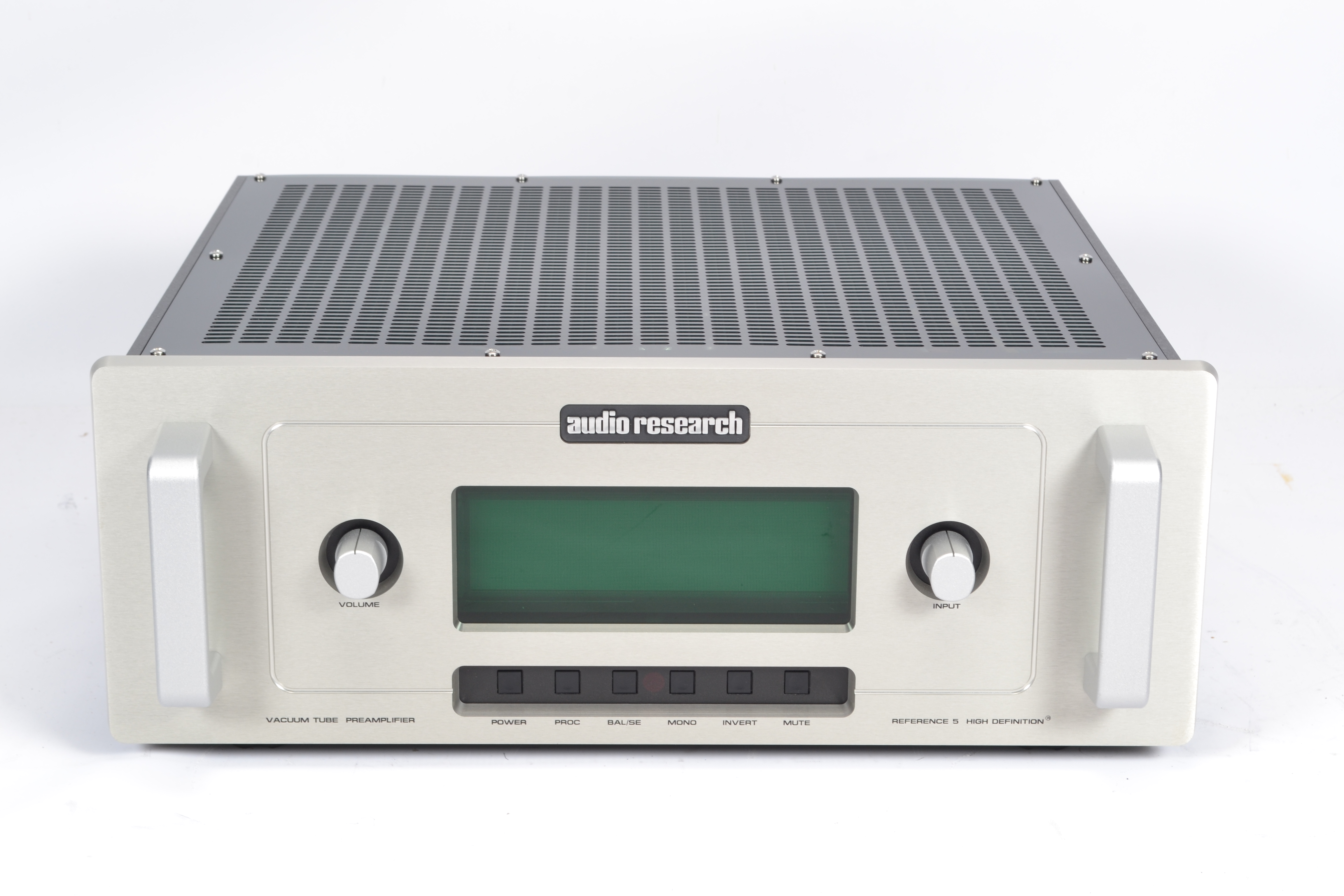
Audio Research Audio Research Reference 5
Preamplifier -
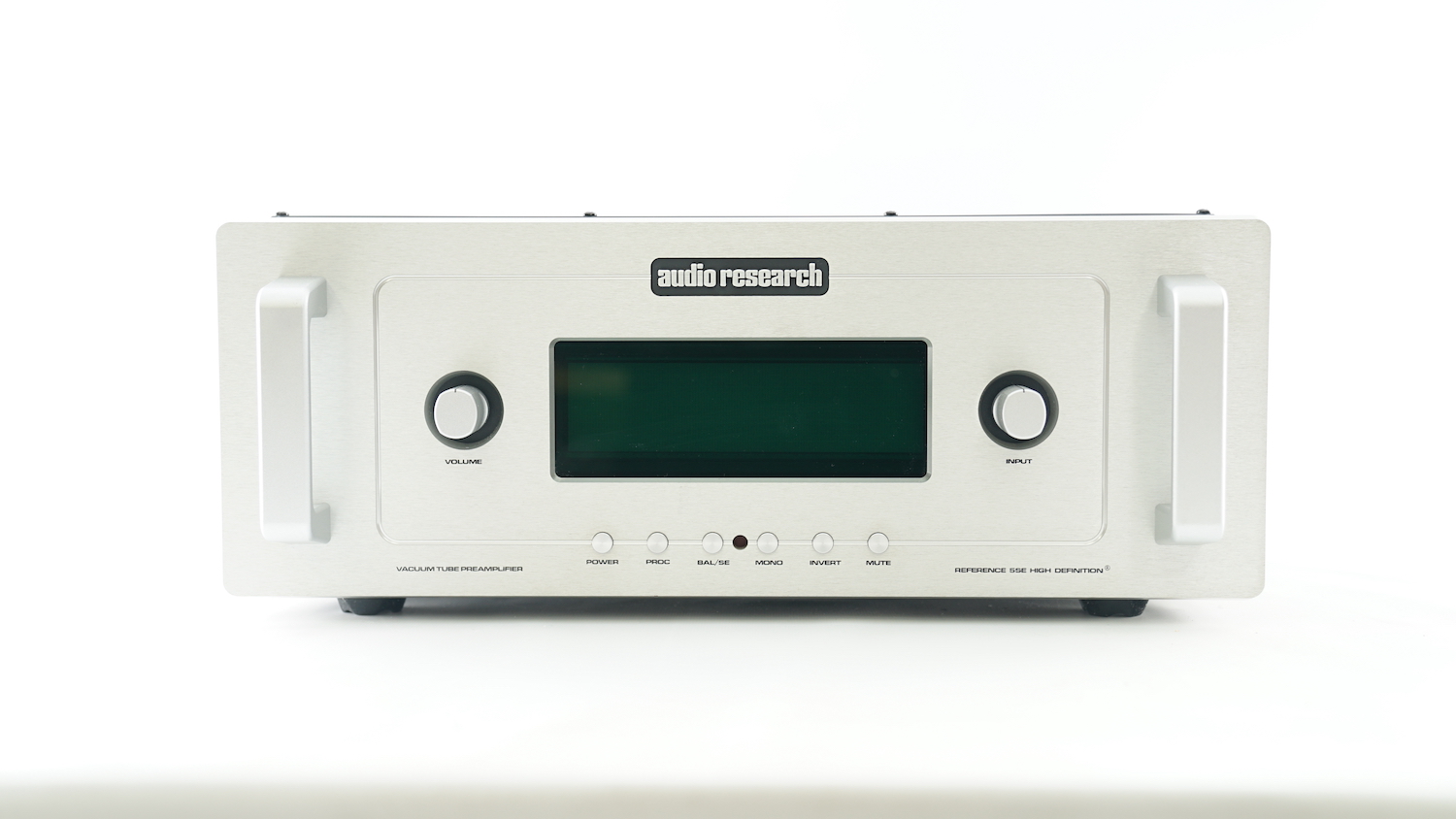
Audio Research Audio Research Reference 5SE
Preamplifier -
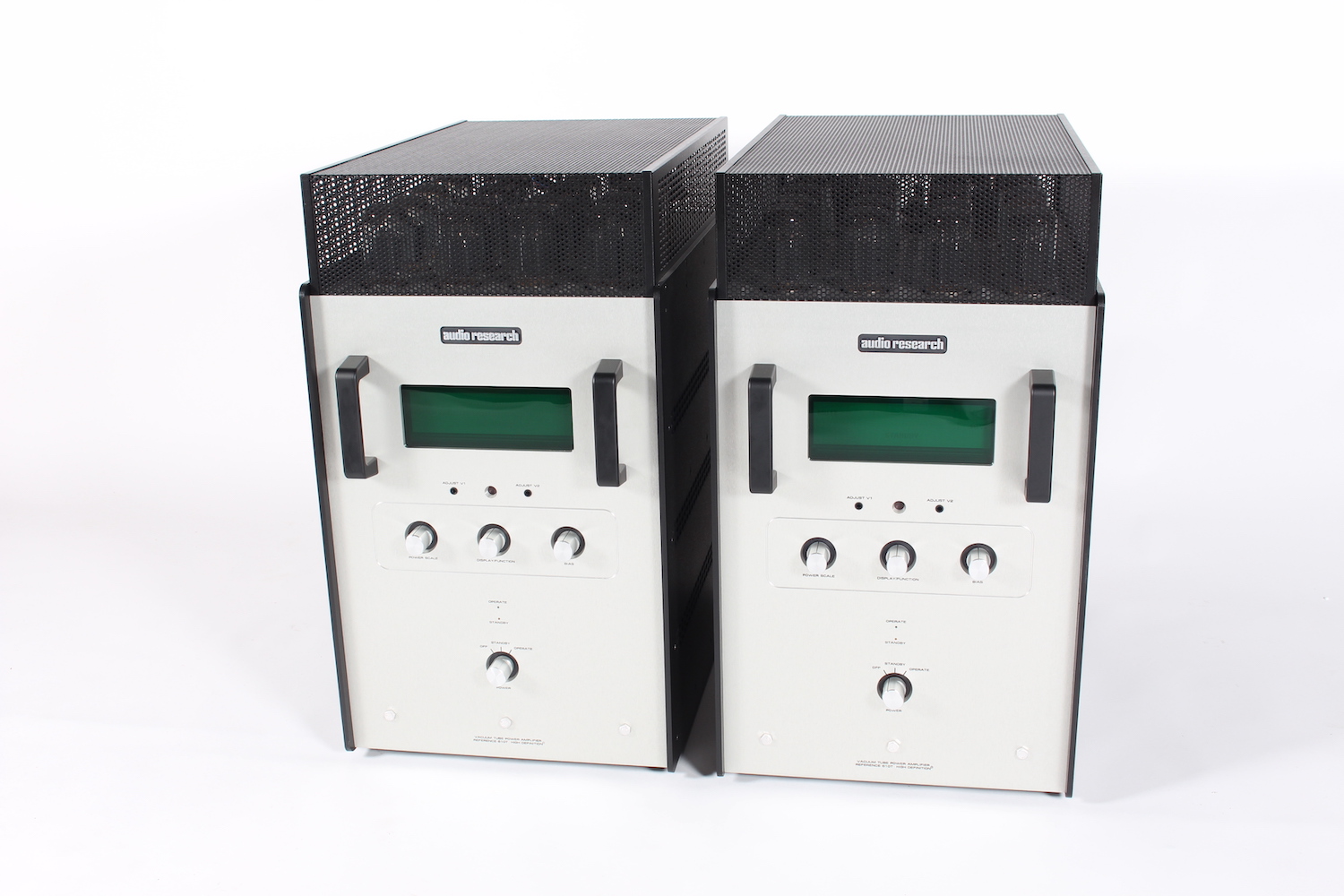
Audio Research Audio Research Reference 610T
Power Amplifier -
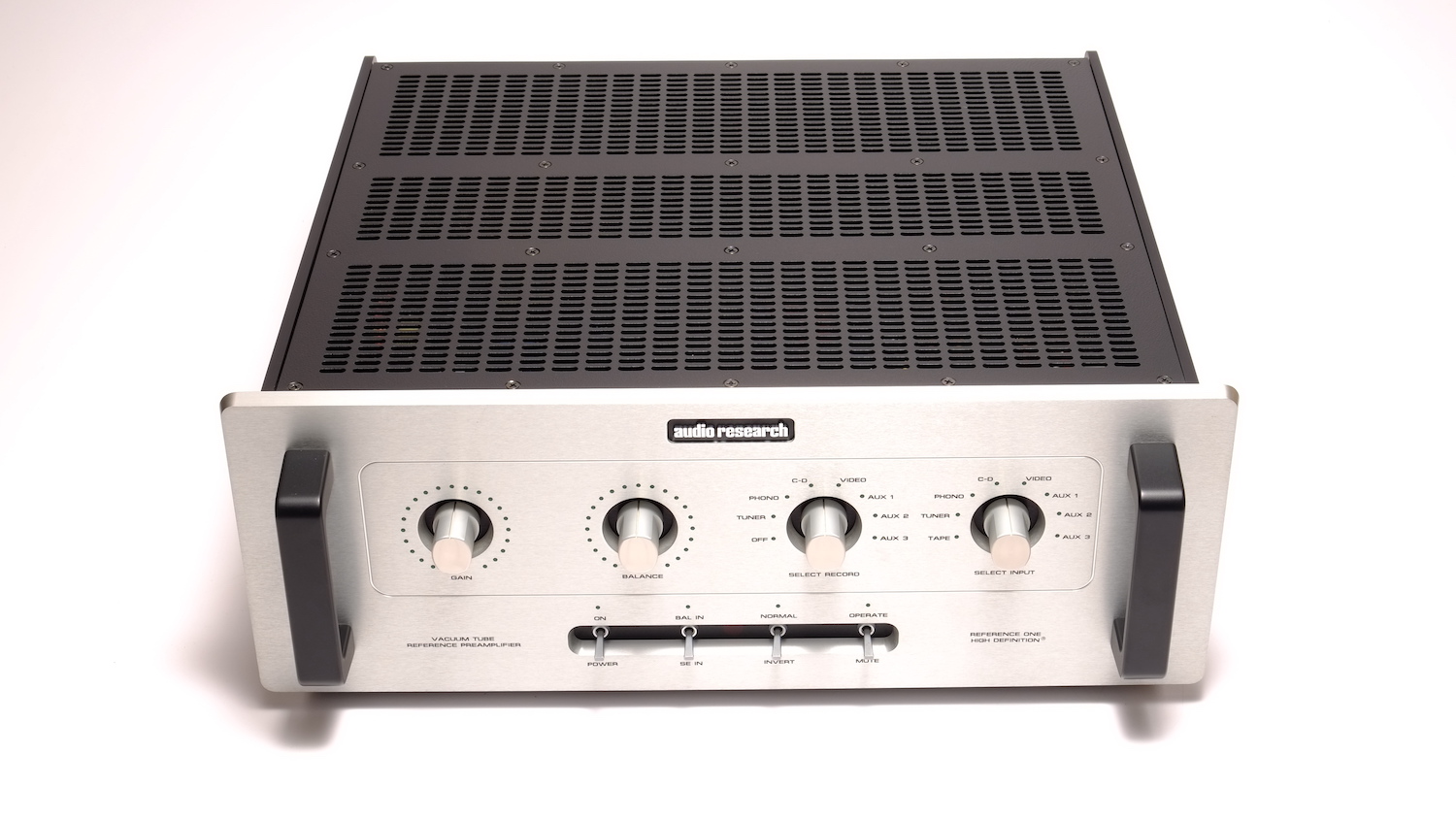
Audio Research Audio Research Reference One
Preamplifier -
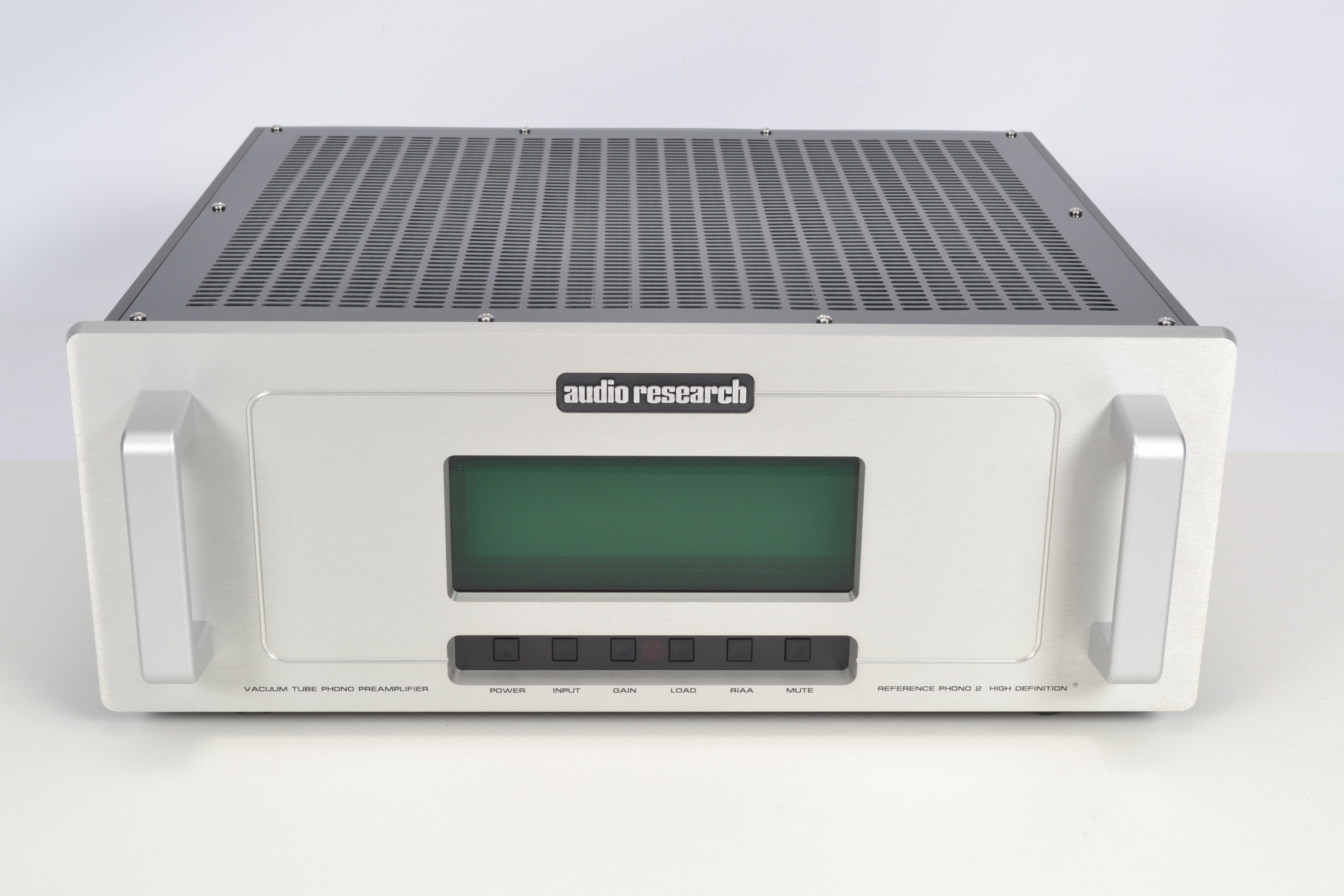
Audio Research Audio Research Reference Phono 2
Preamplifier -
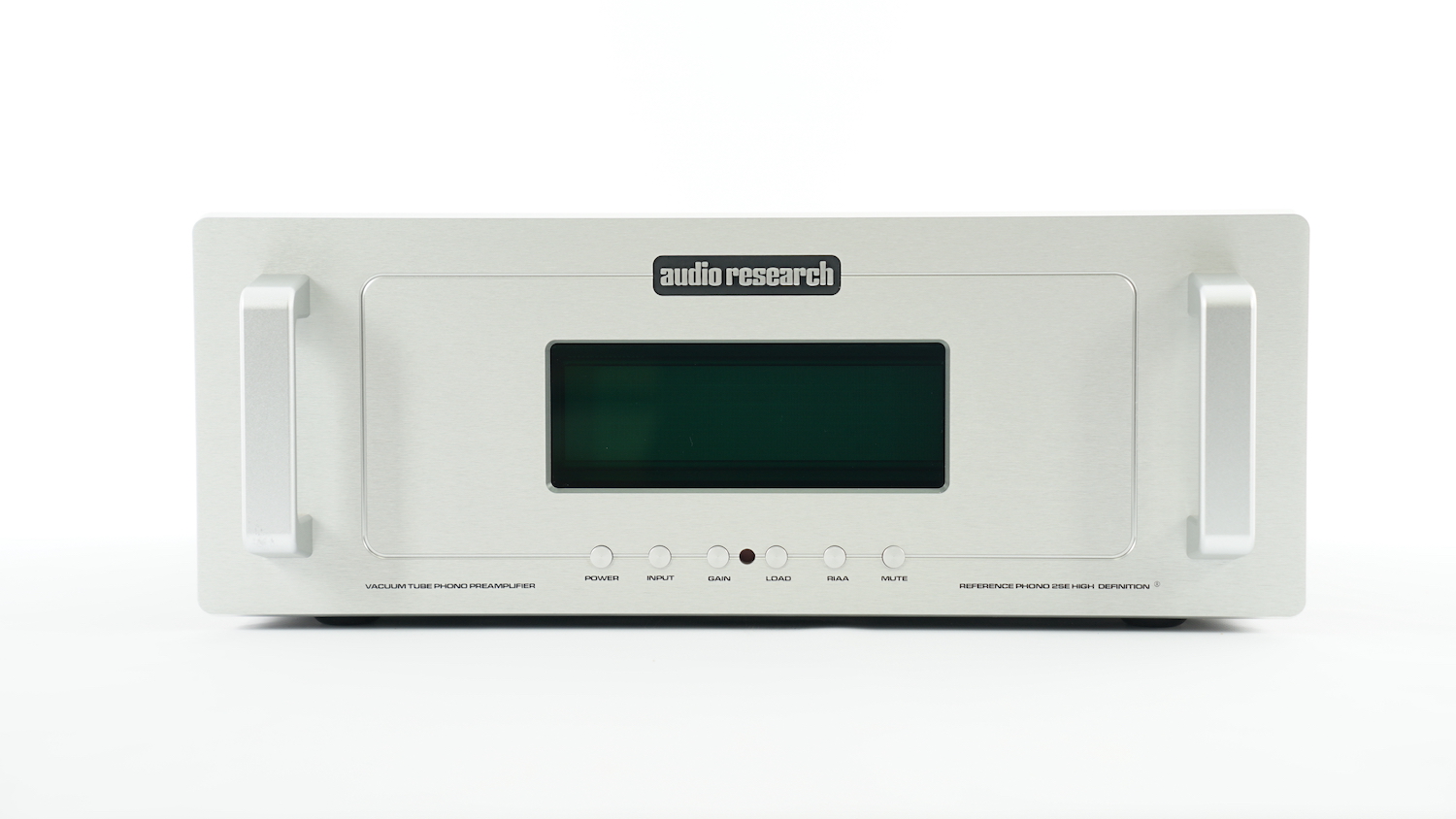
Audio Research Audio Research Reference Phono 2SE
Preamplifier -
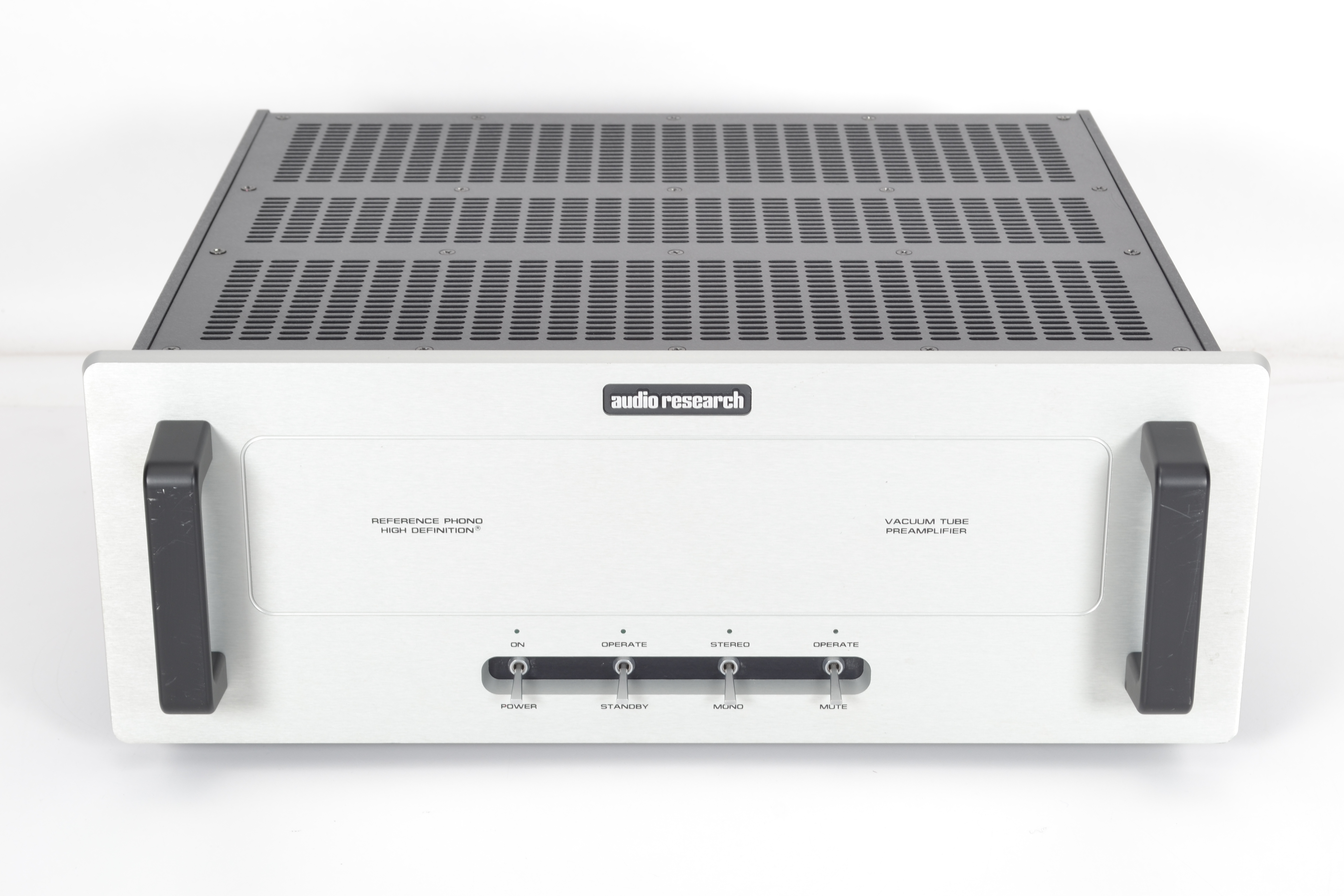
Audio Research Audio Research Reference Phono
Phono Preamplifier -
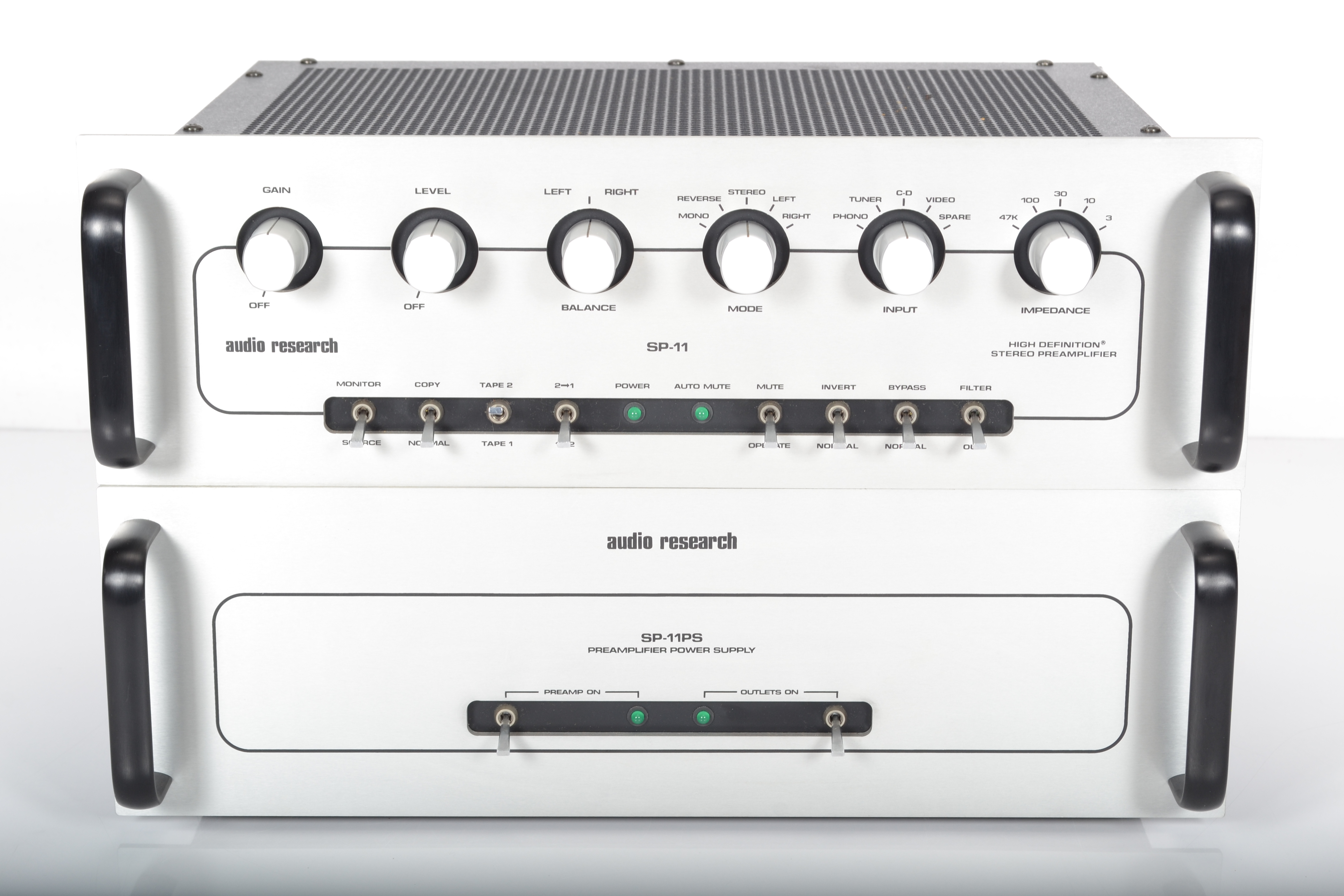
Audio Research Audio Research SP-11 / SP-11PS
Preamplifier + Power Supply -
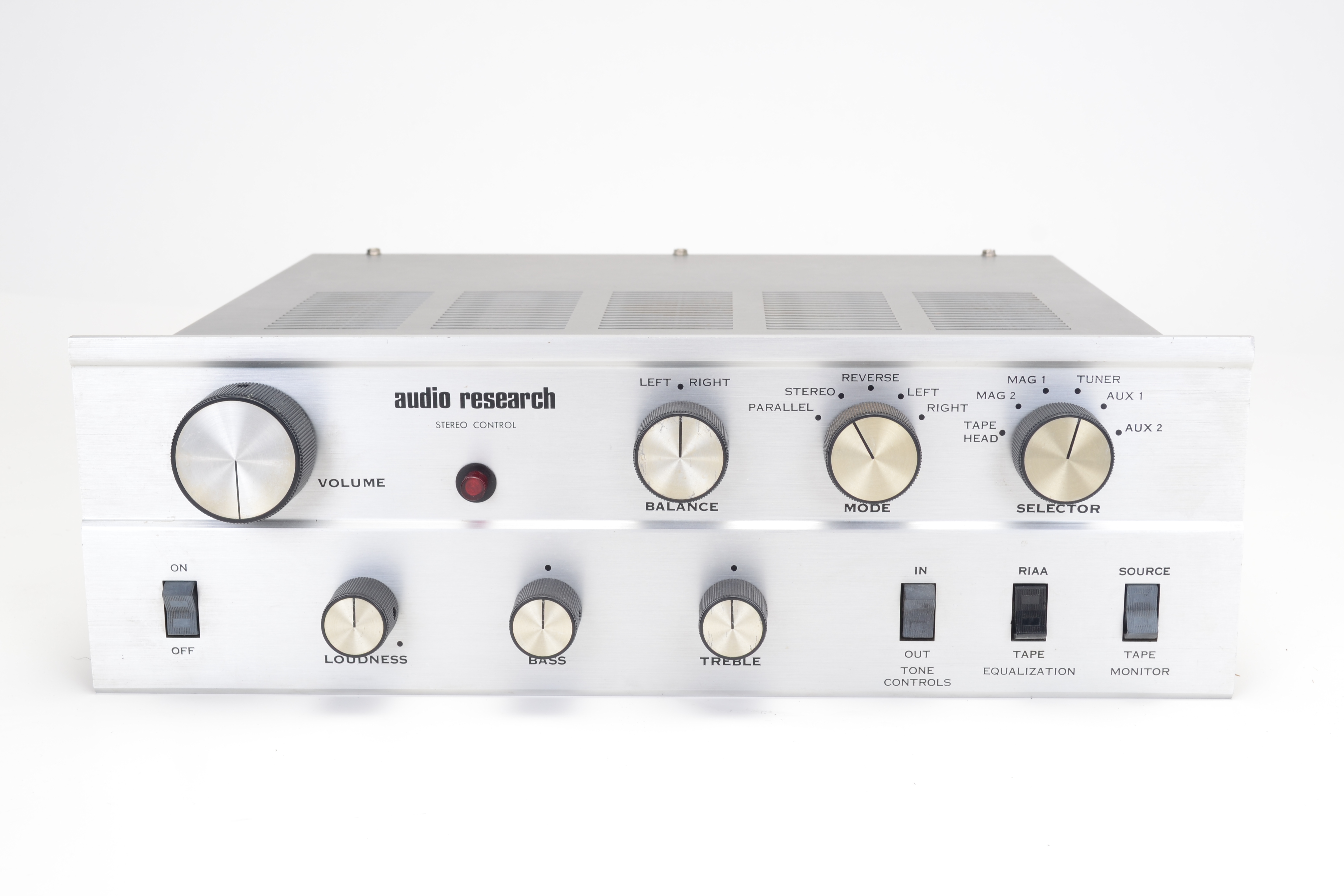
Audio Research Audio Research SP-2
Preamplifier -
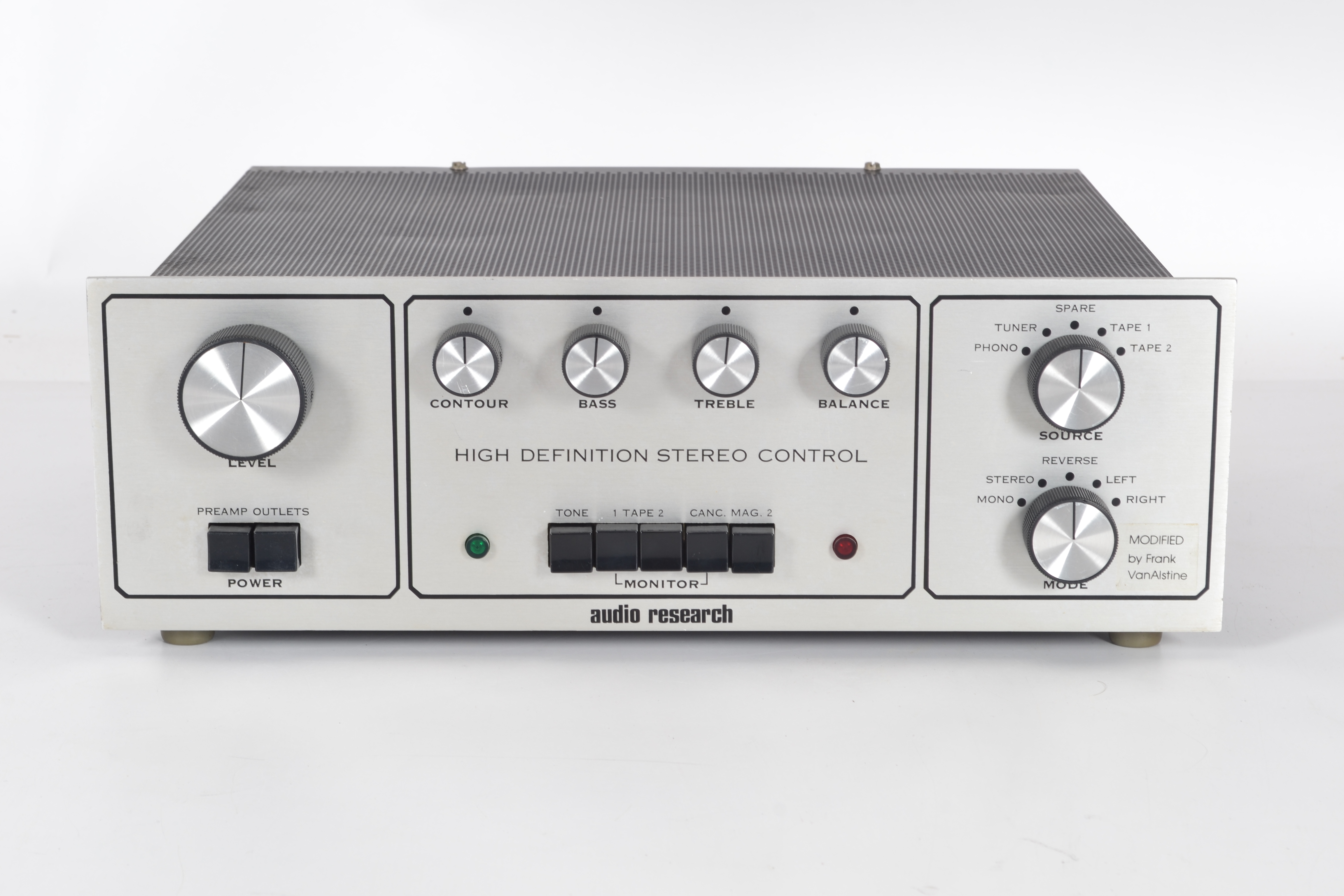
Audio Research Audio Research SP-3
Preamplifier -
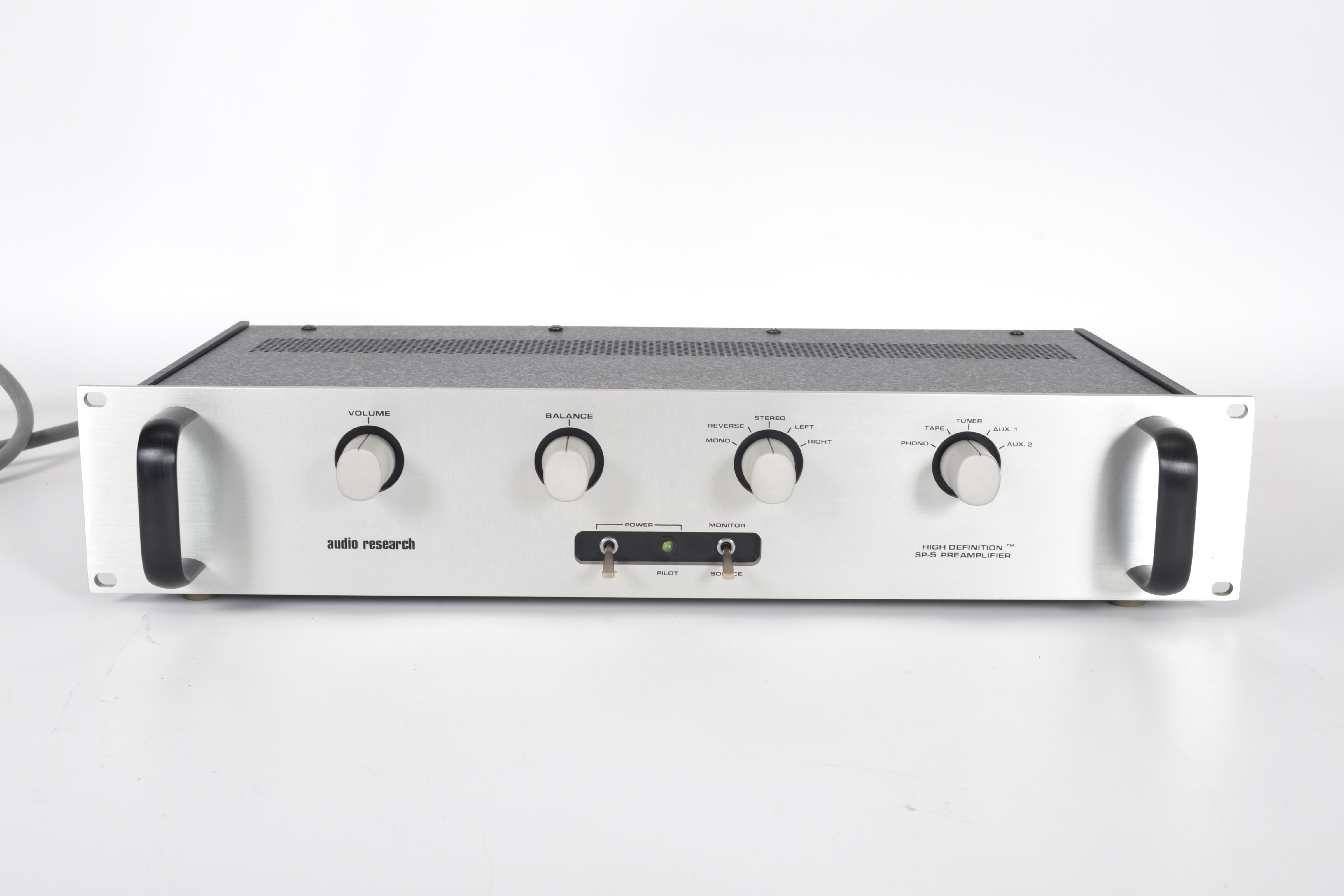
Audio Research Audio Research SP-5
Preamplifier -
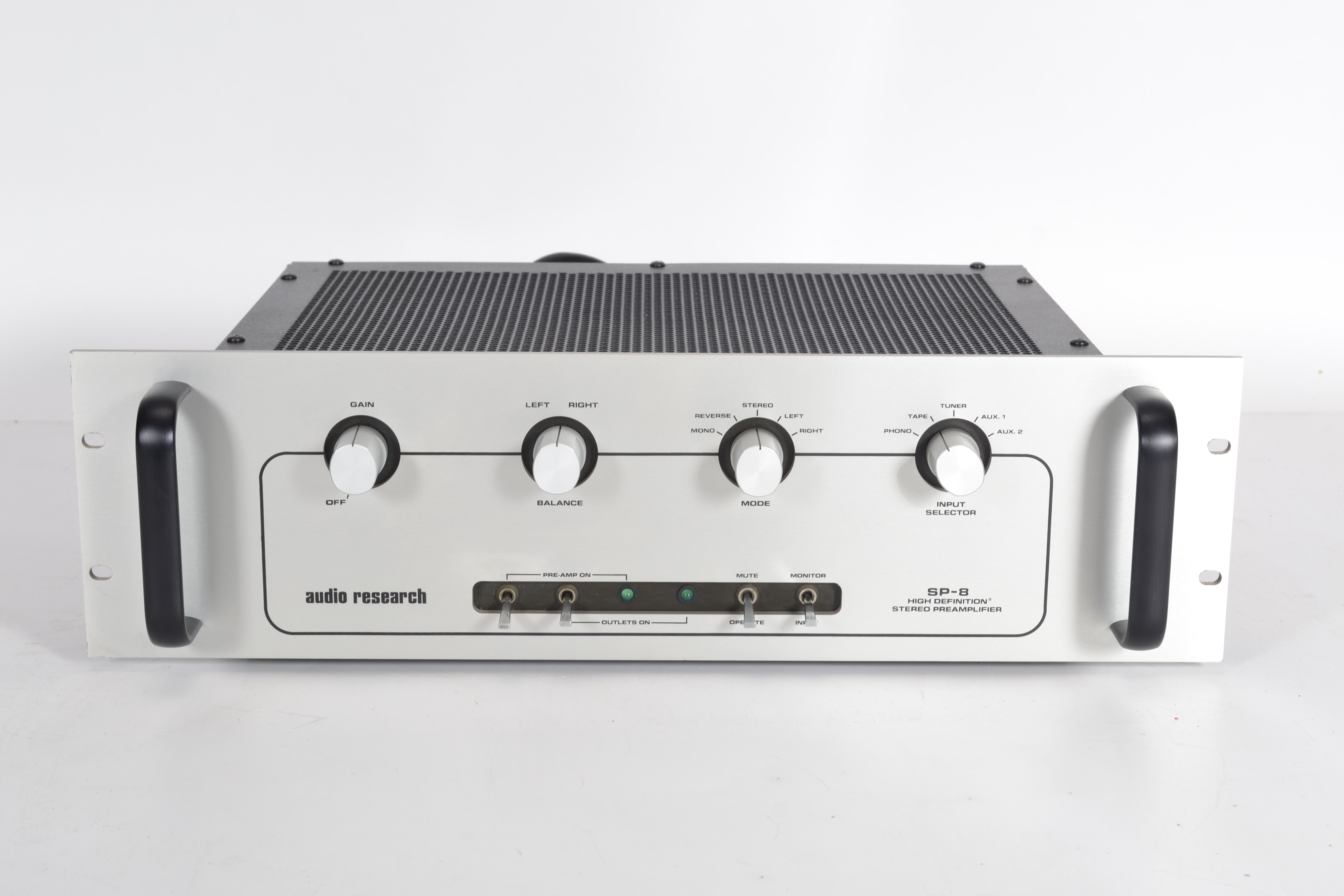
Audio Research Audio Research SP-8
Preamplifier -
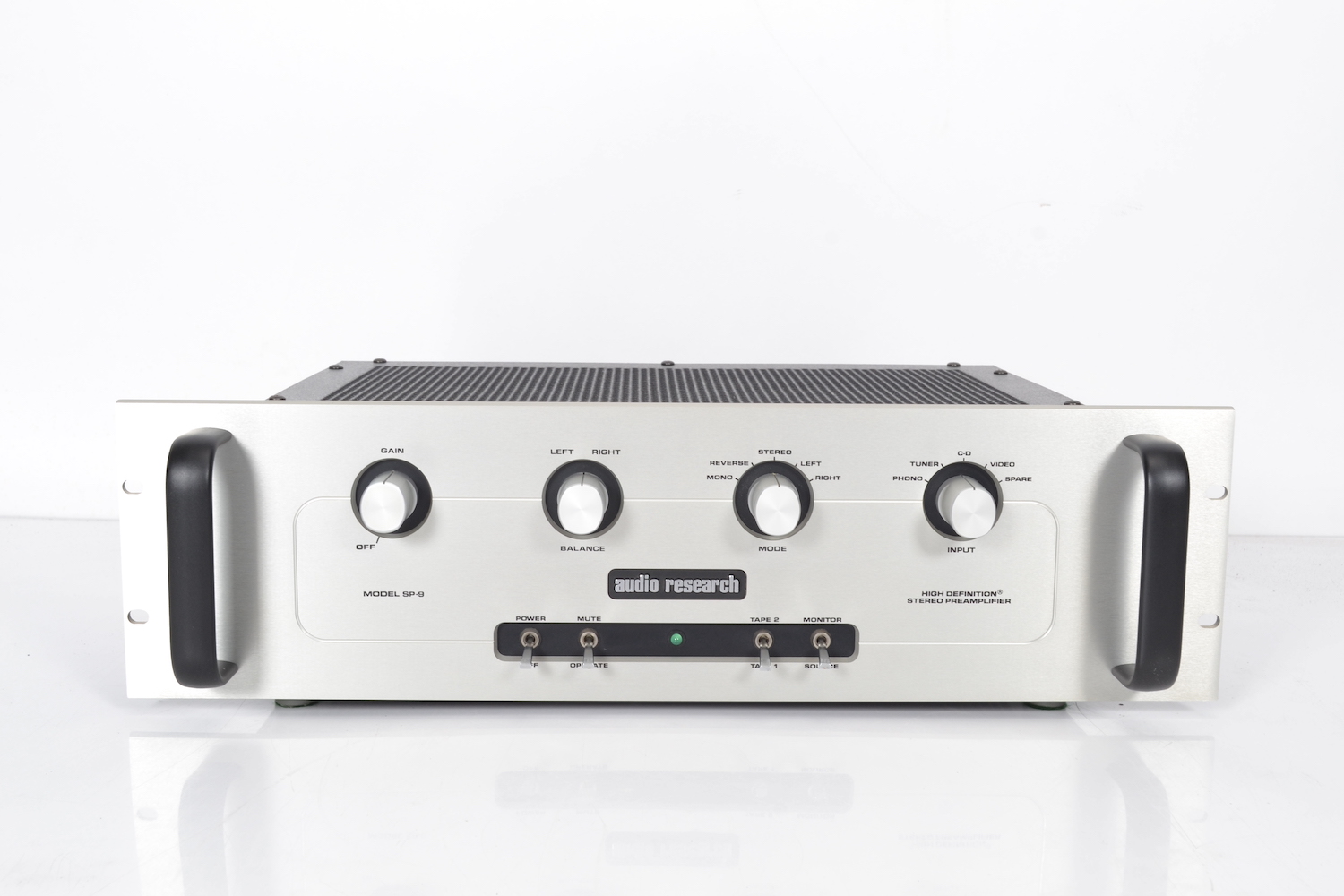
Audio Research Audio Research SP-9
Preamplifier -
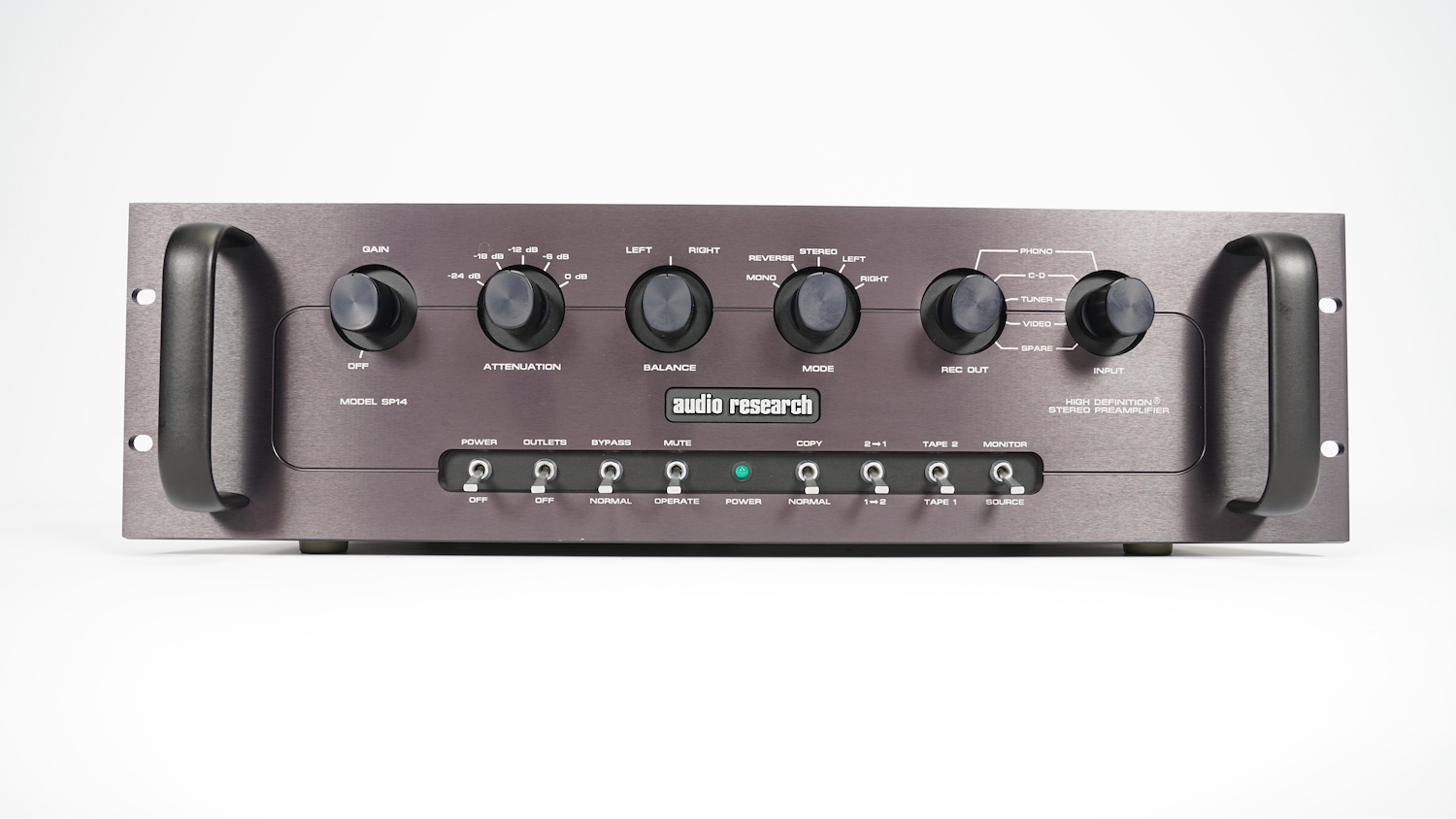
Audio Research Audio Research SP14
Preamplifier -
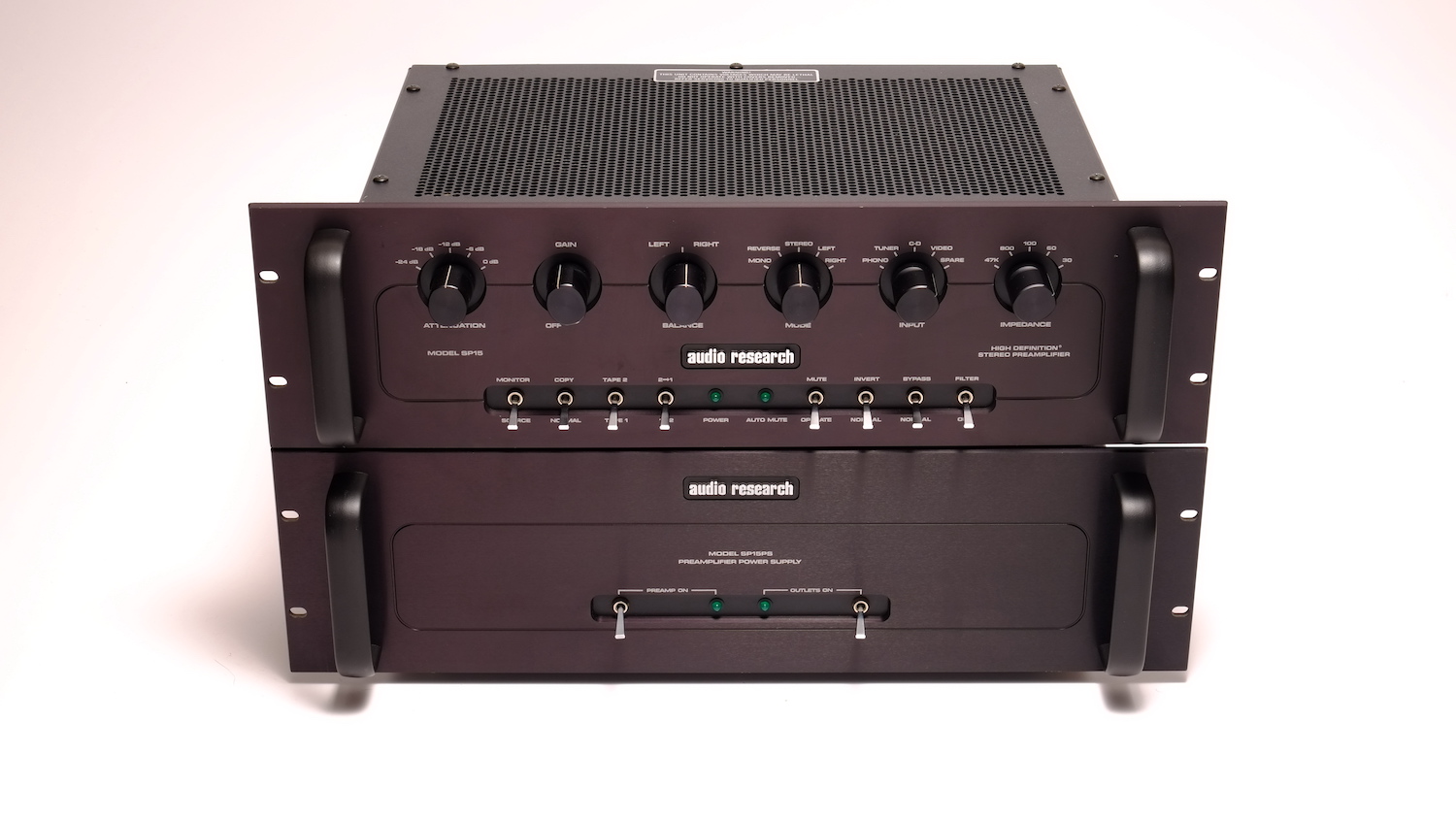
Audio Research Audio Research SP15 + SP15PS
Preamplifier + Power Supply -
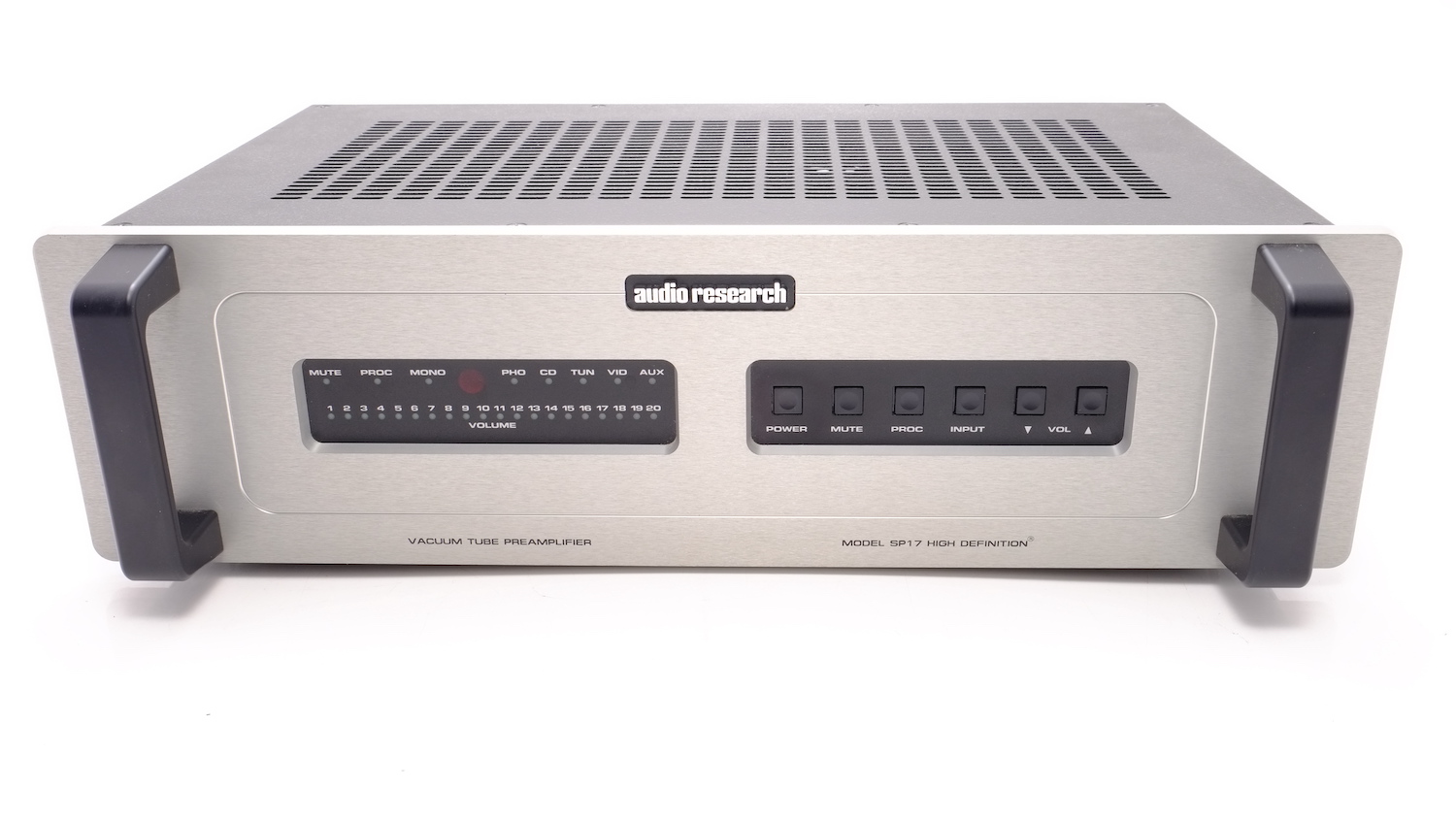
Audio Research Audio Research SP17
Preamplifier -
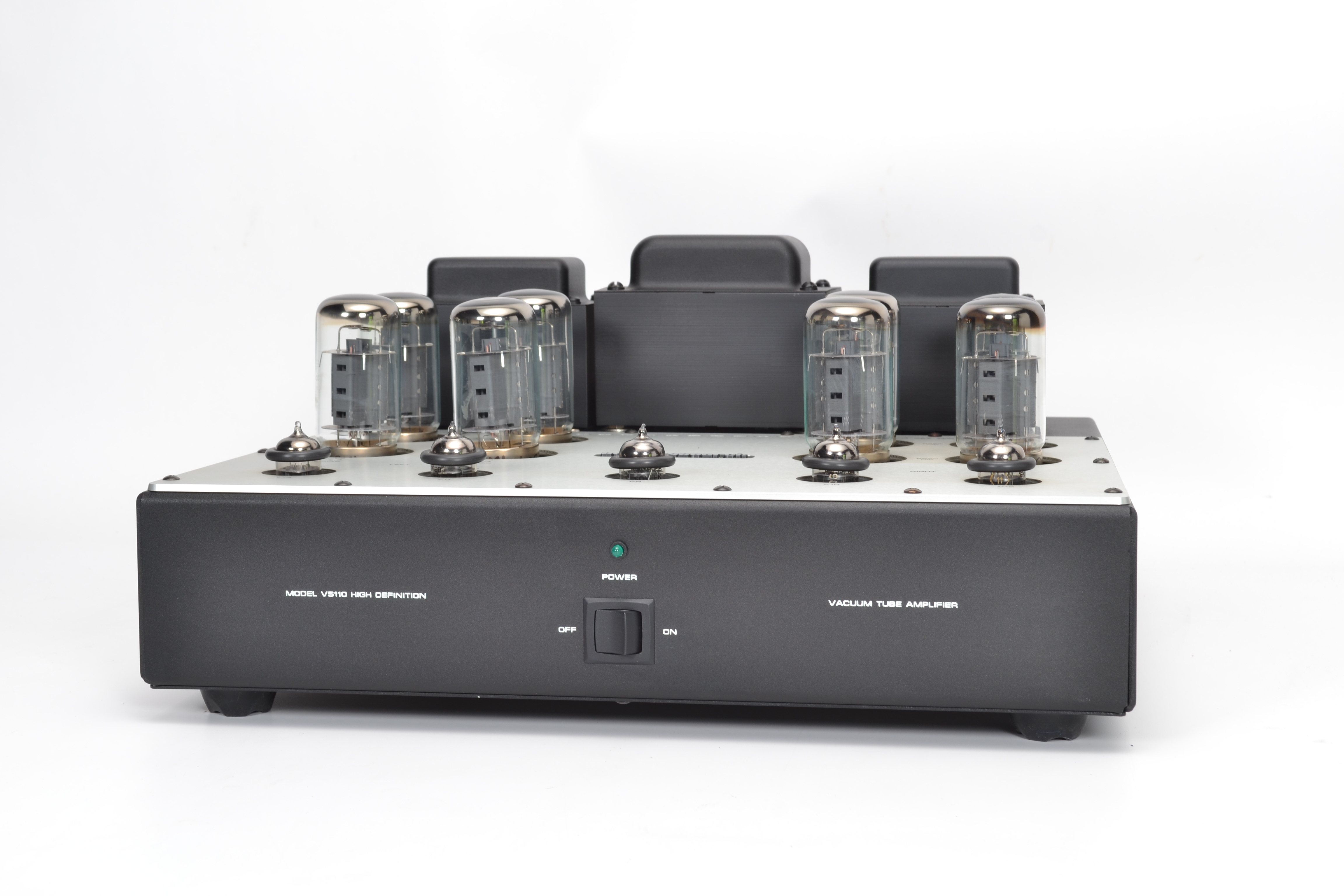
Audio Research Audio Research VS110
Power Amplifier -
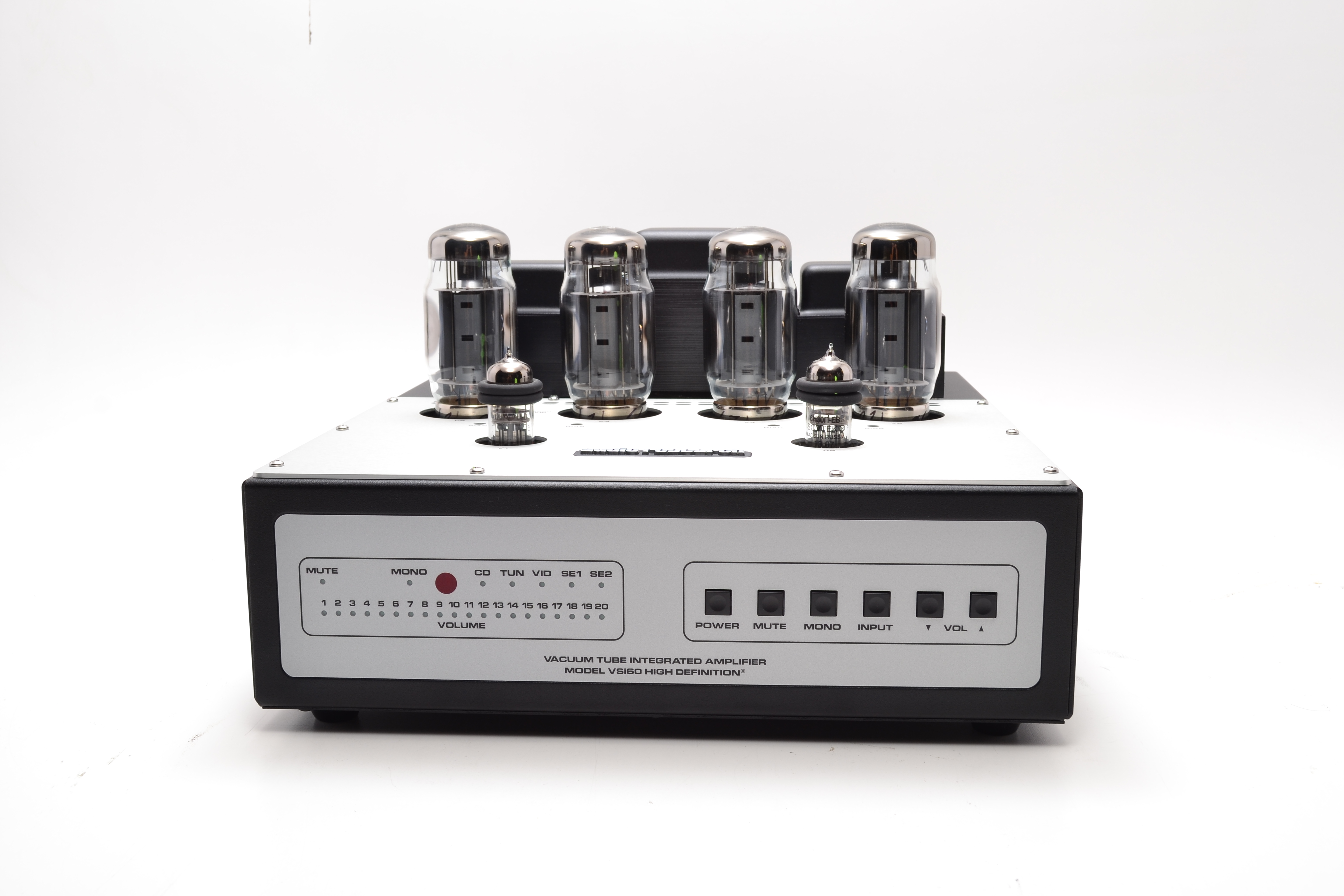
Audio Research Audio Research VSi60
Integrated Amplifier -
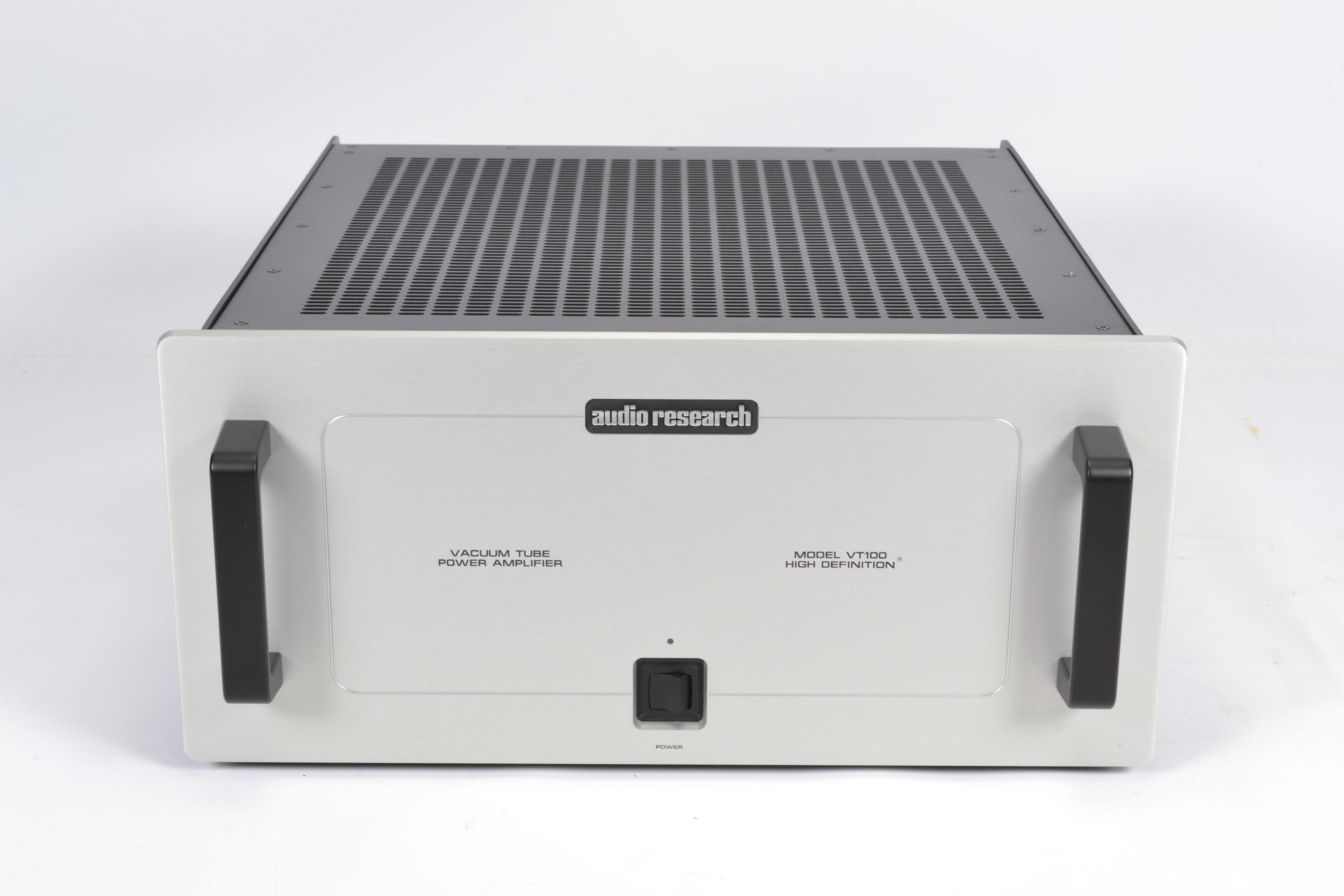
Audio Research Audio Research VT100
Power Amplifier -
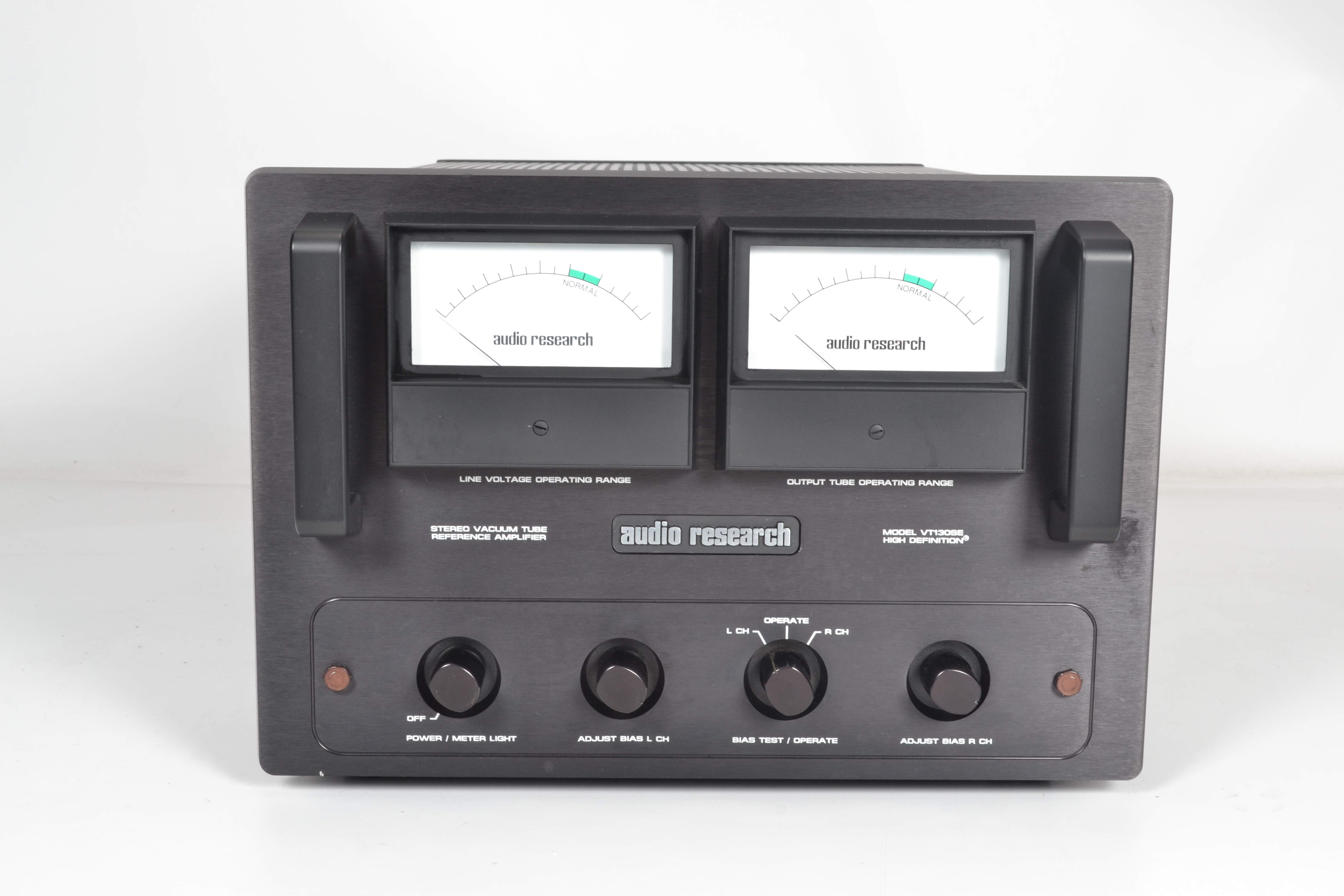
Audio Research Audio Research VT130SE
Power Amplifier -
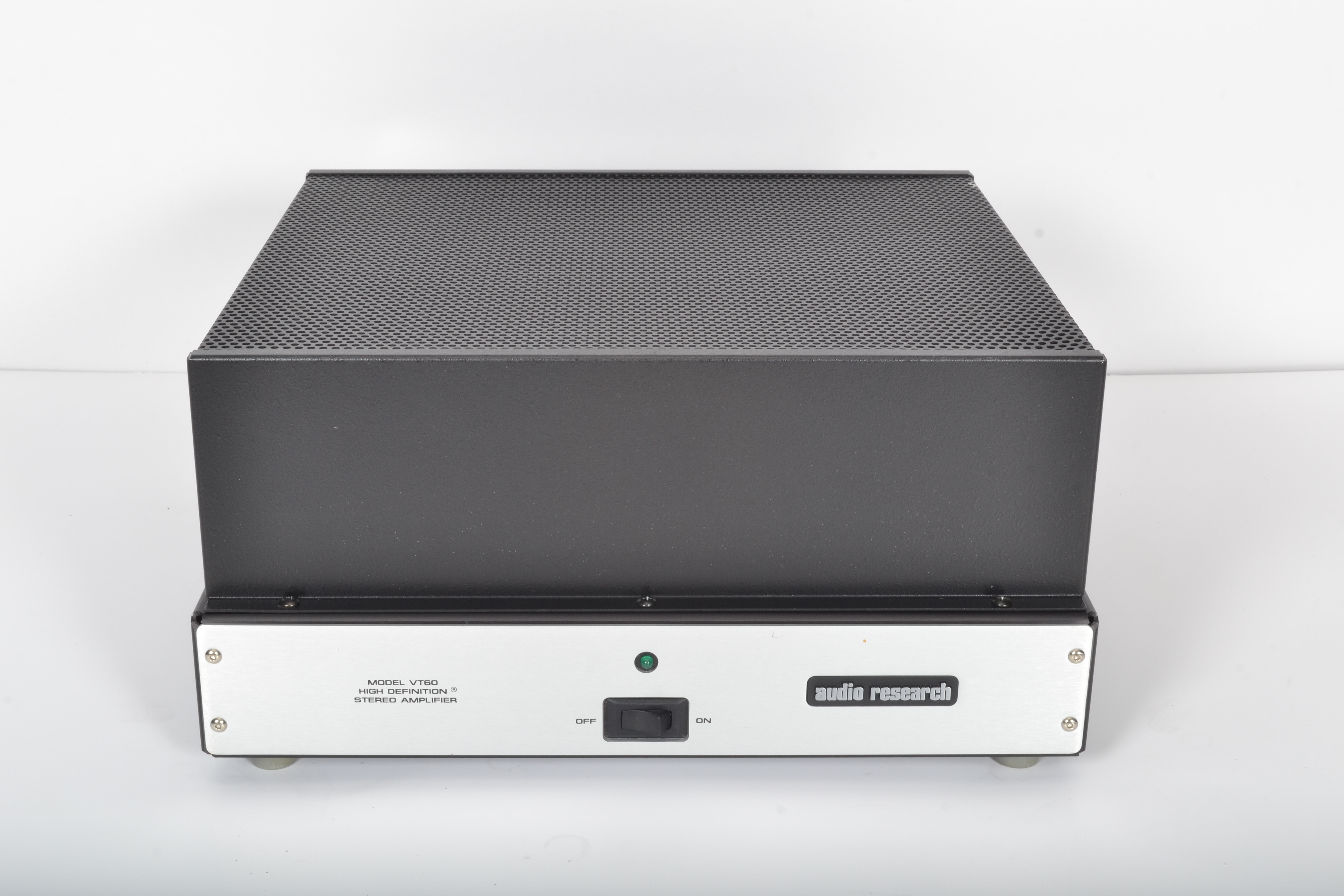
Audio Research Audio Research VT60
Power Amplifier